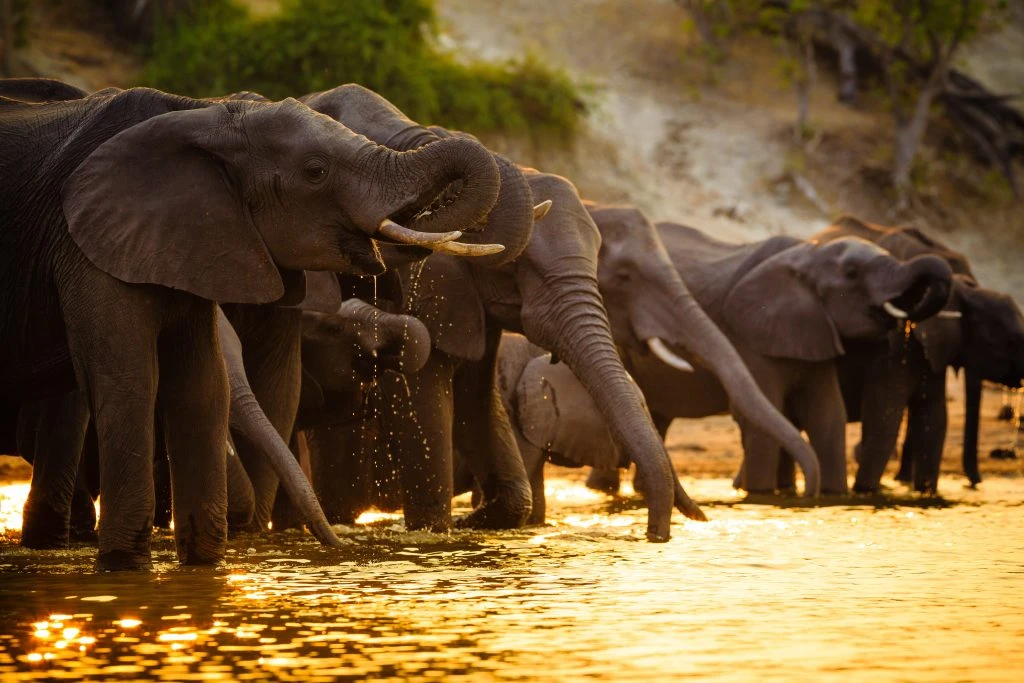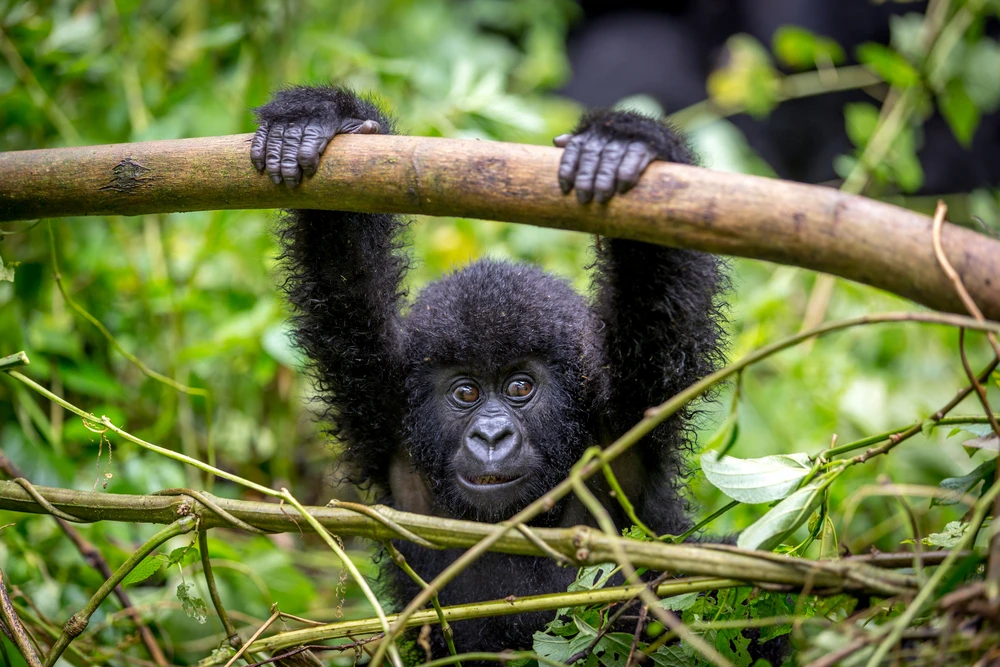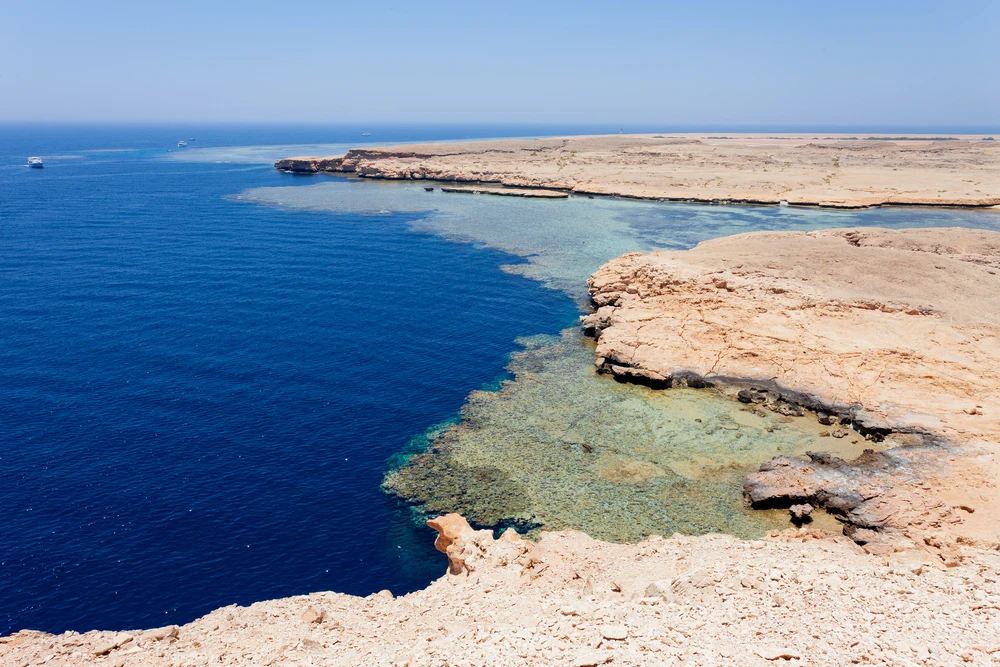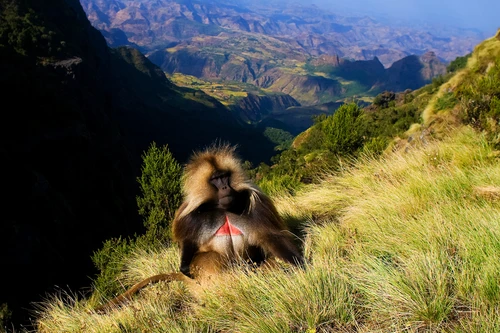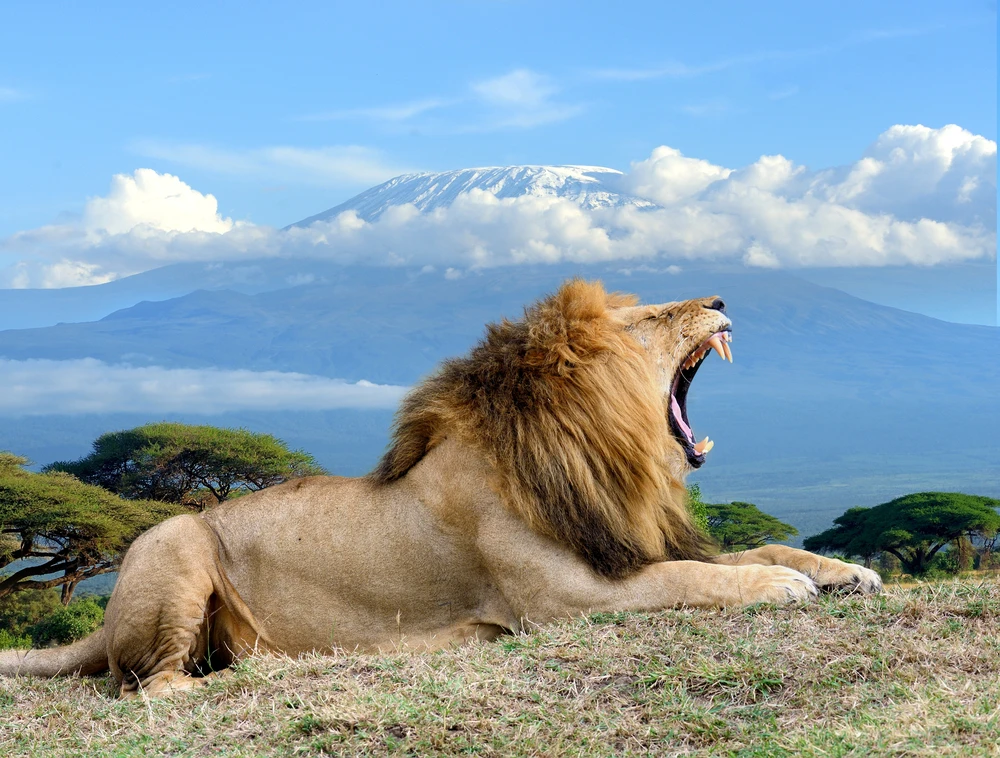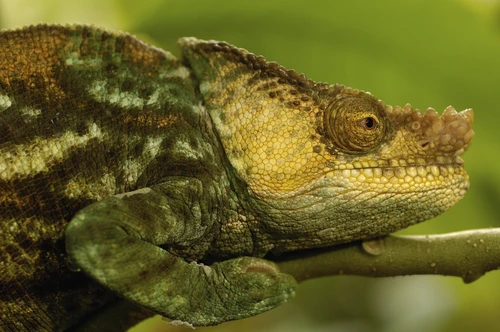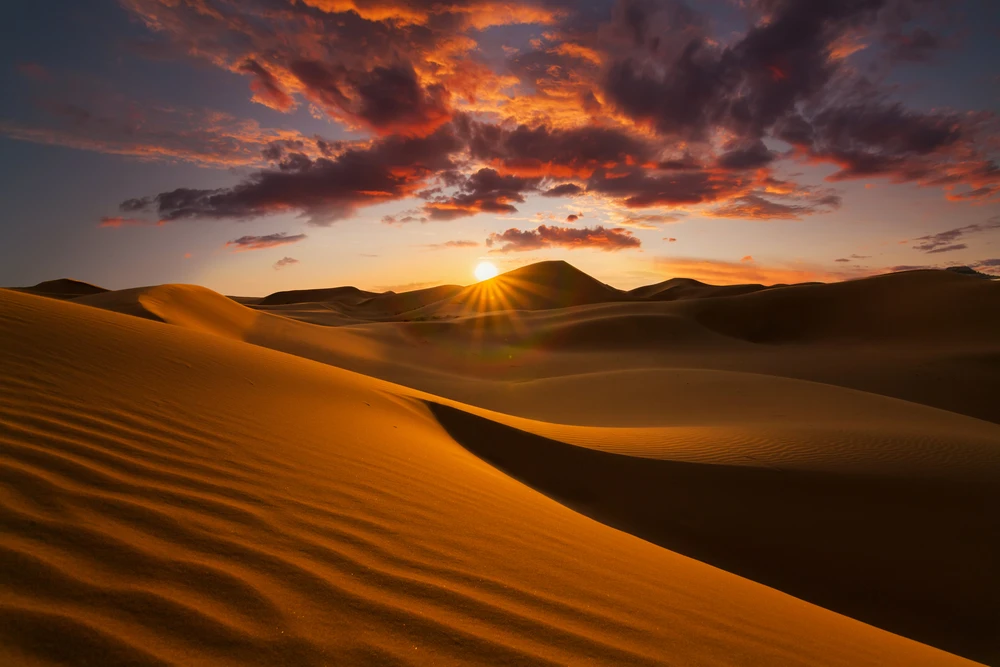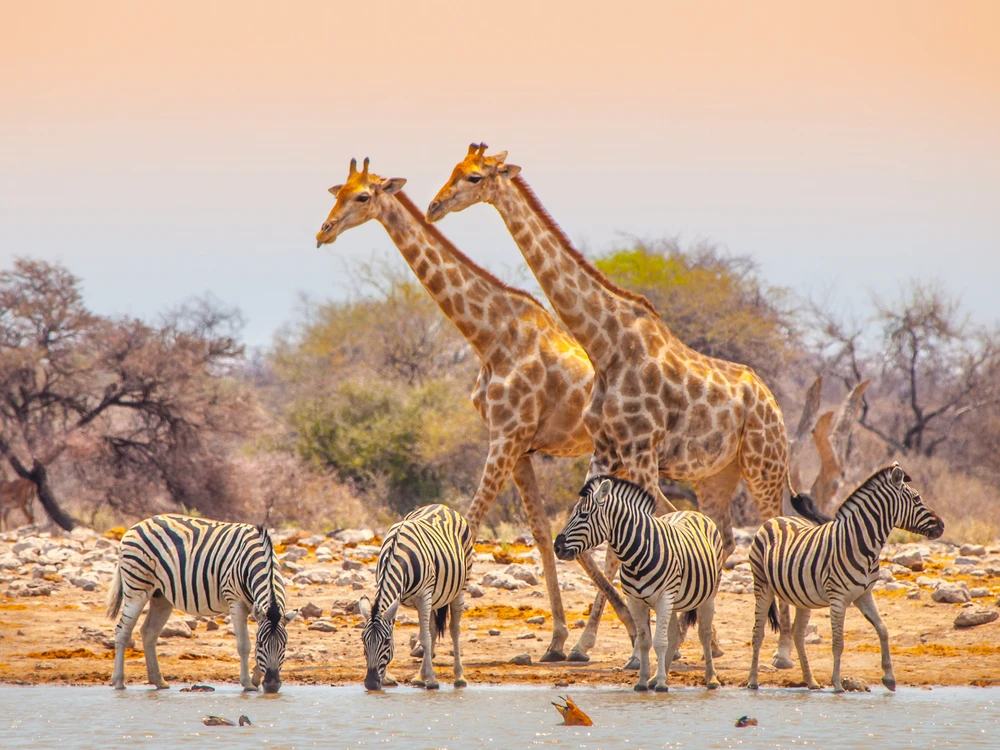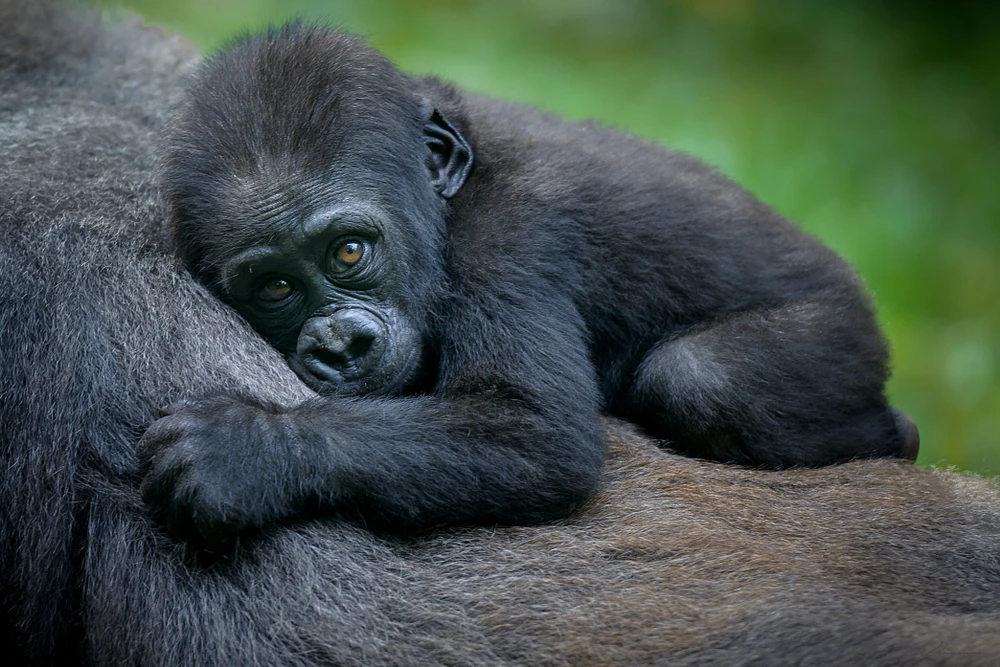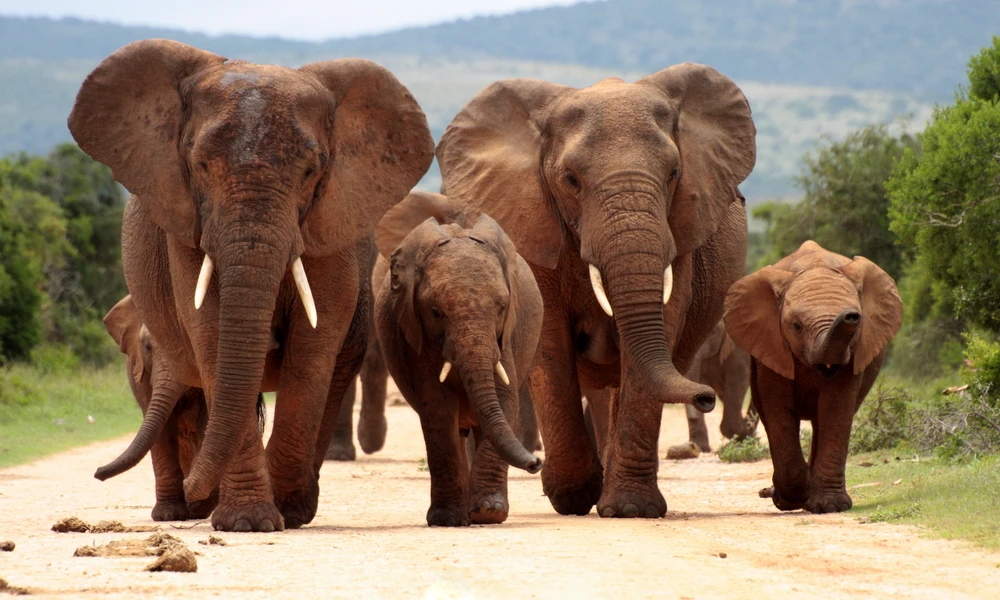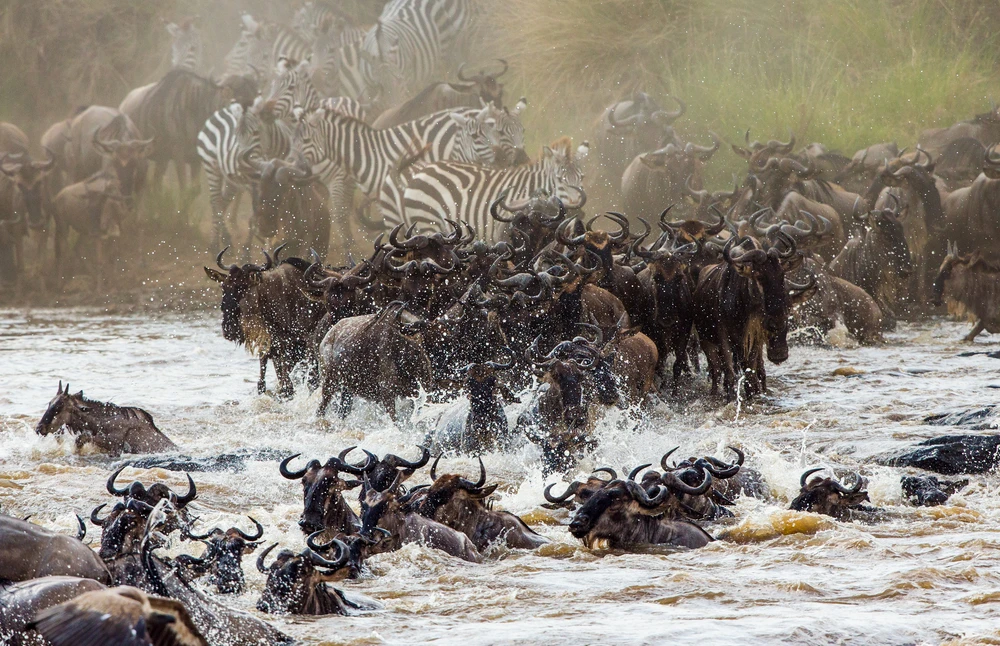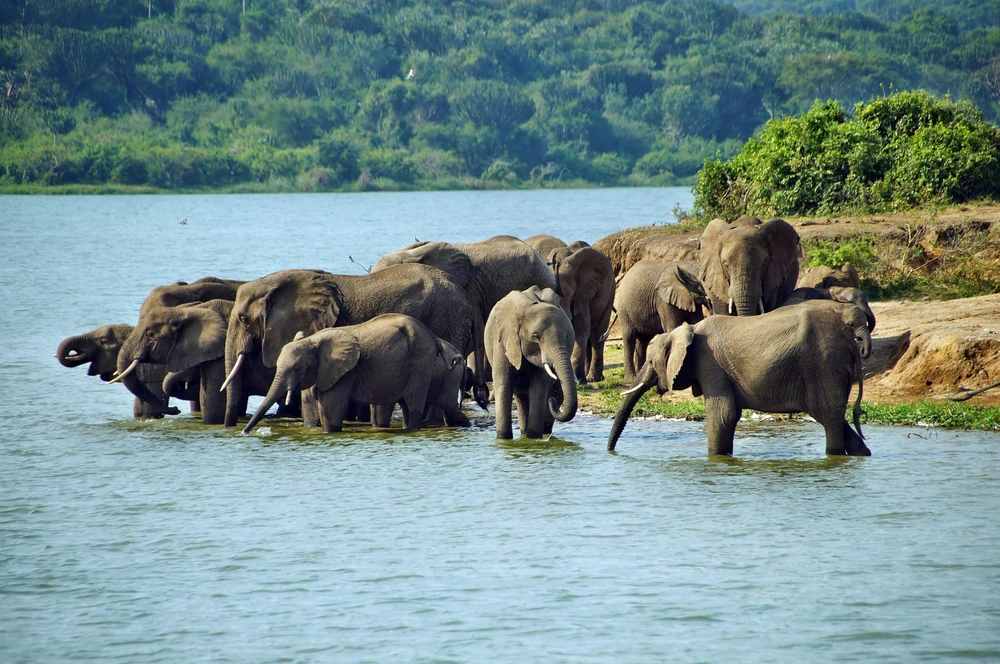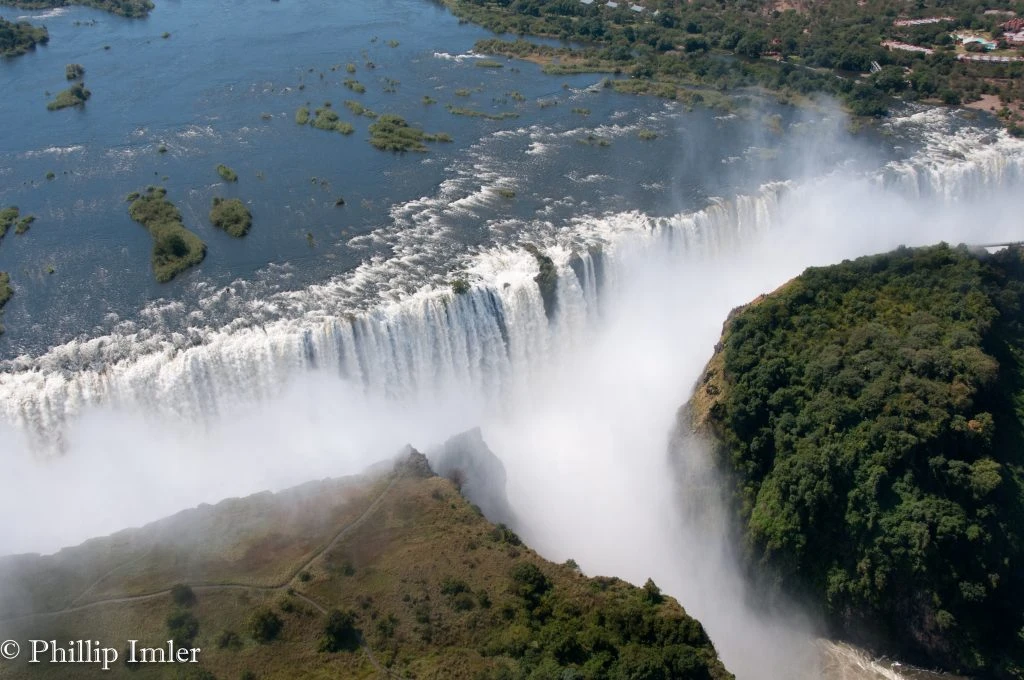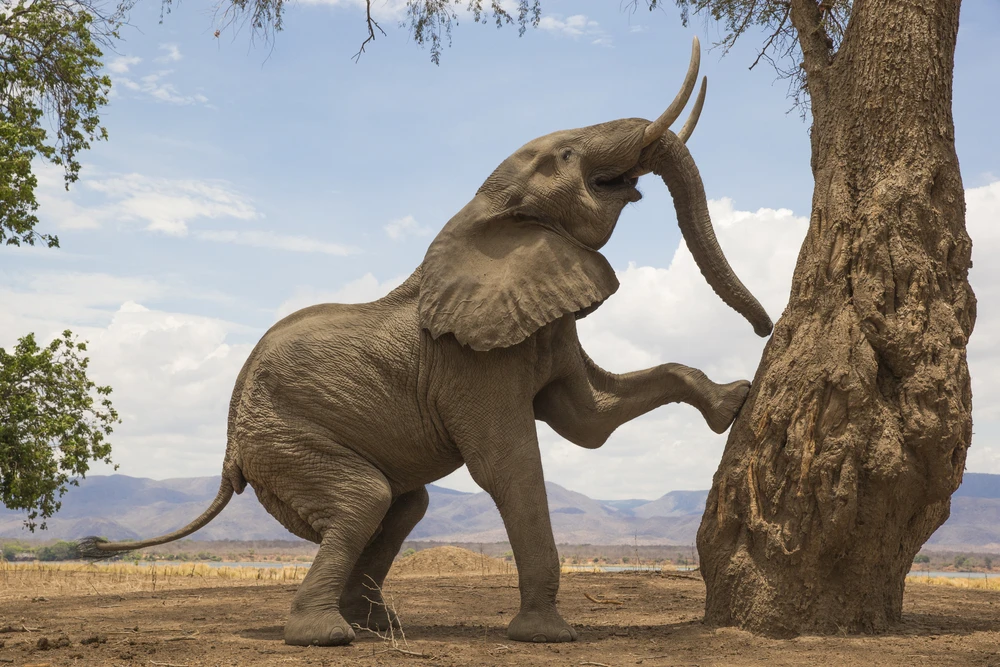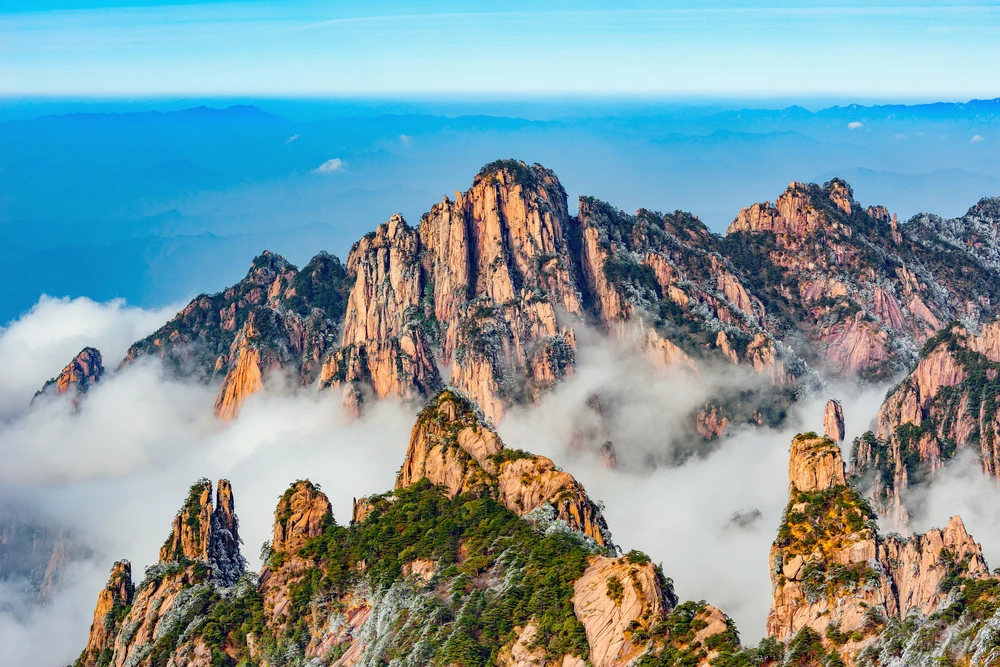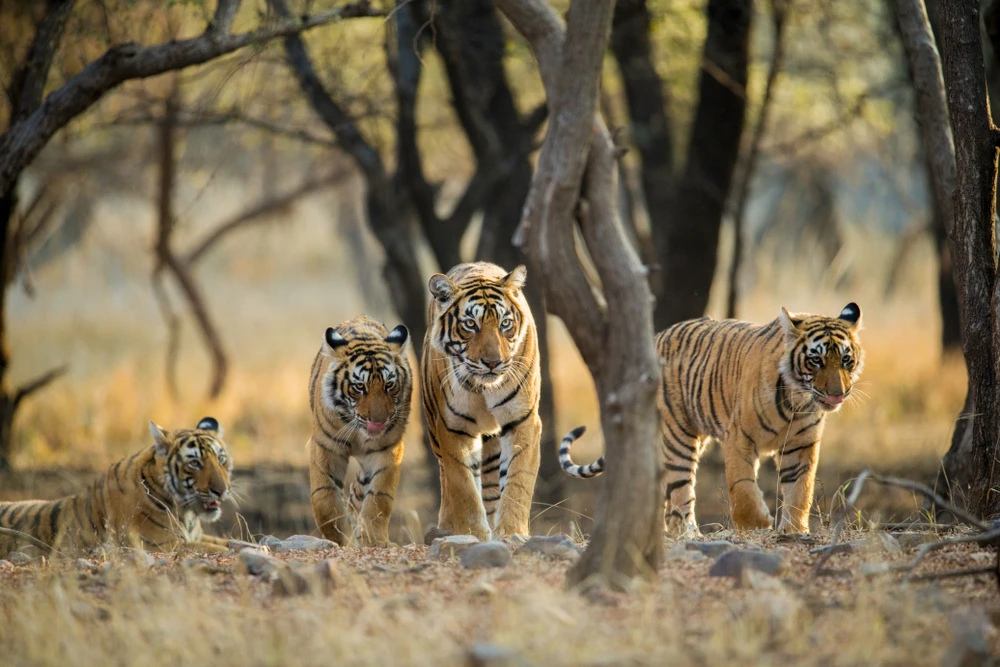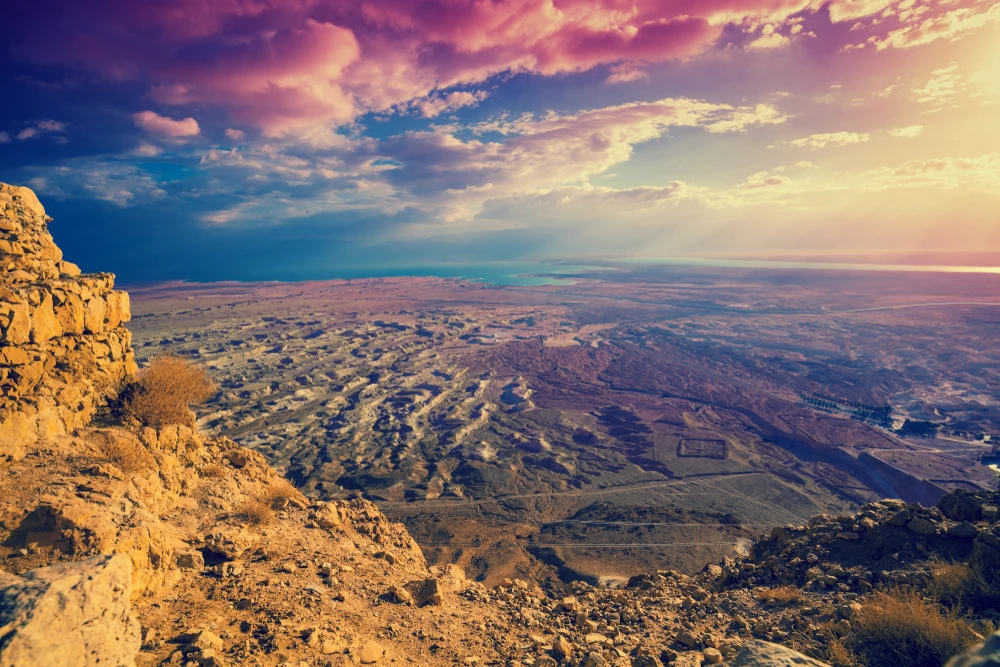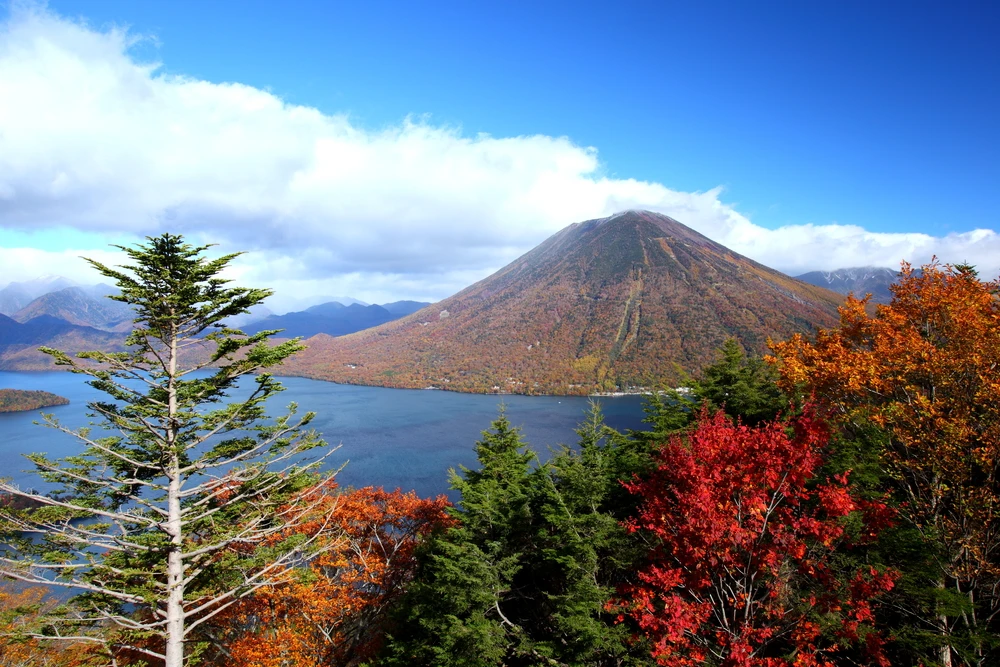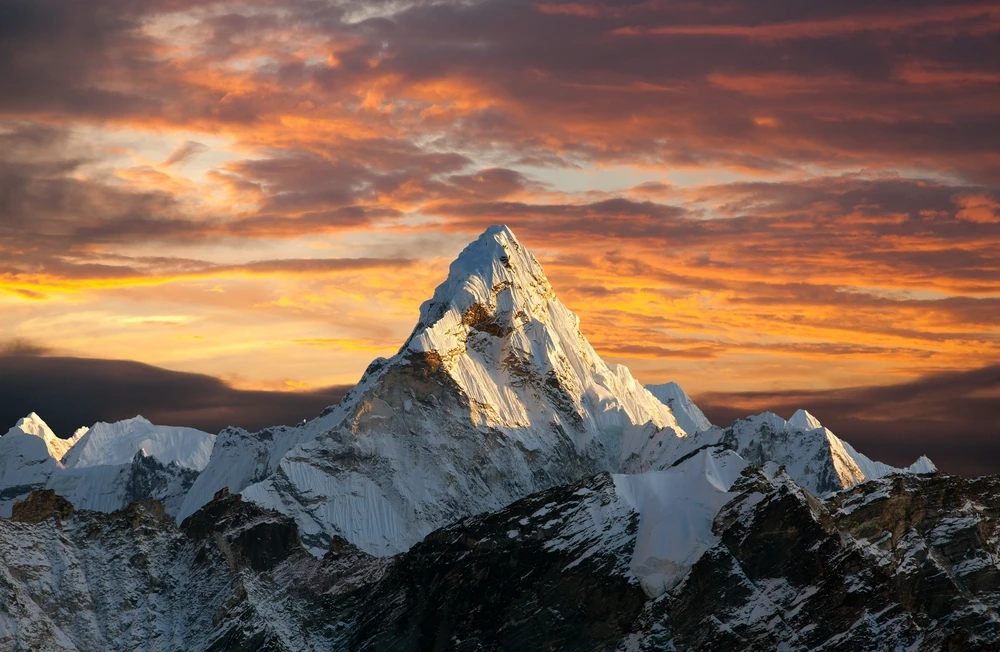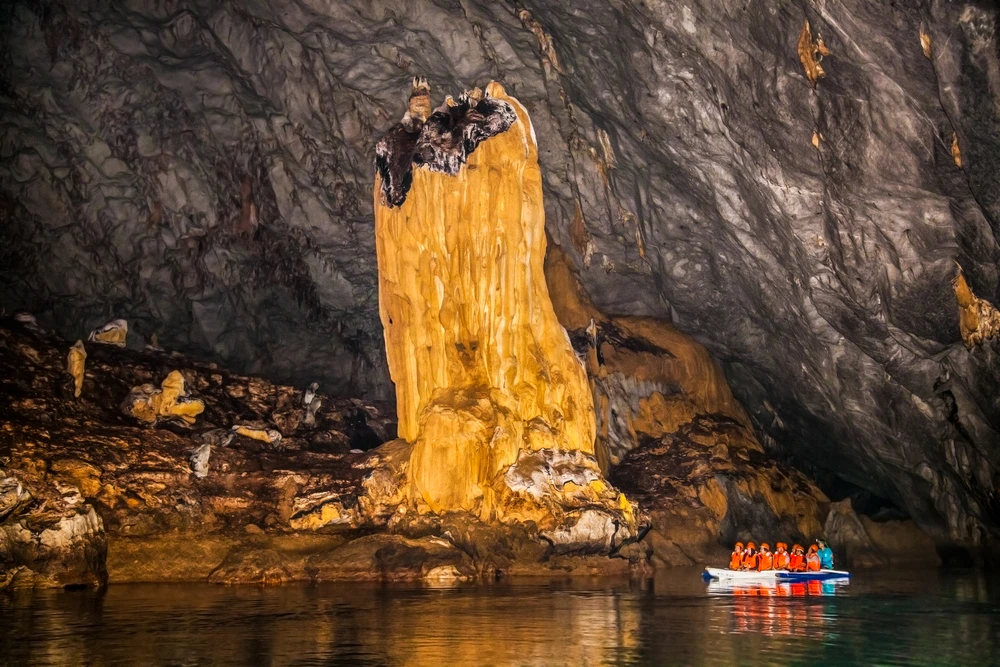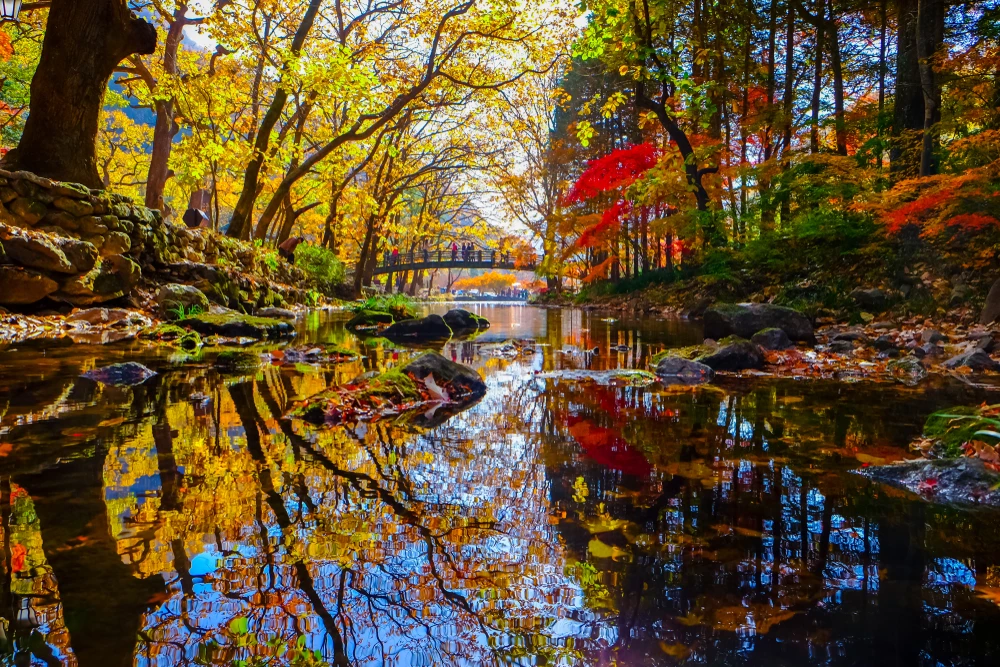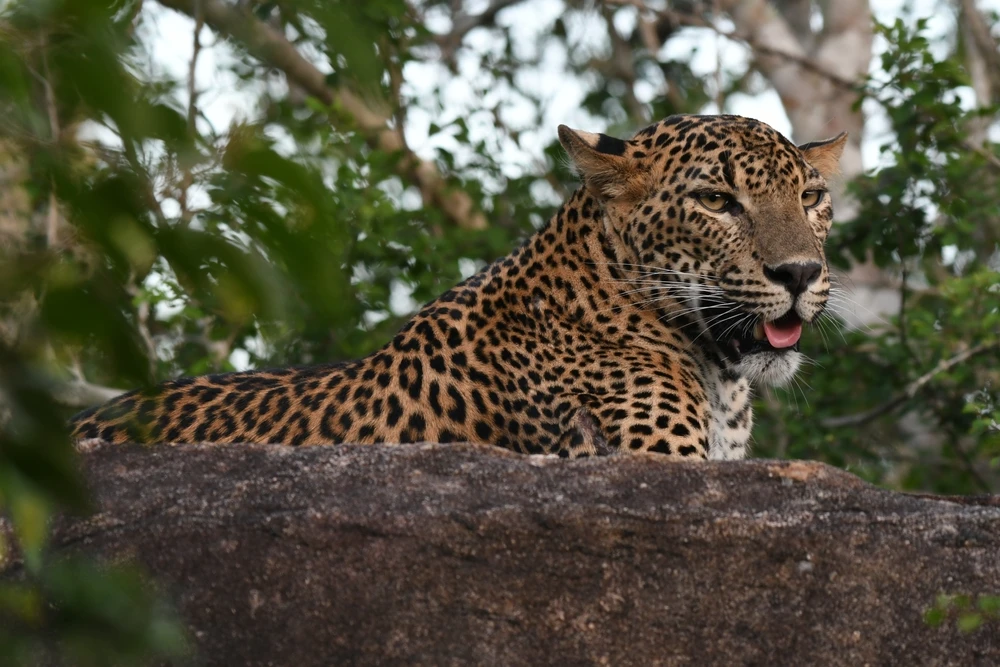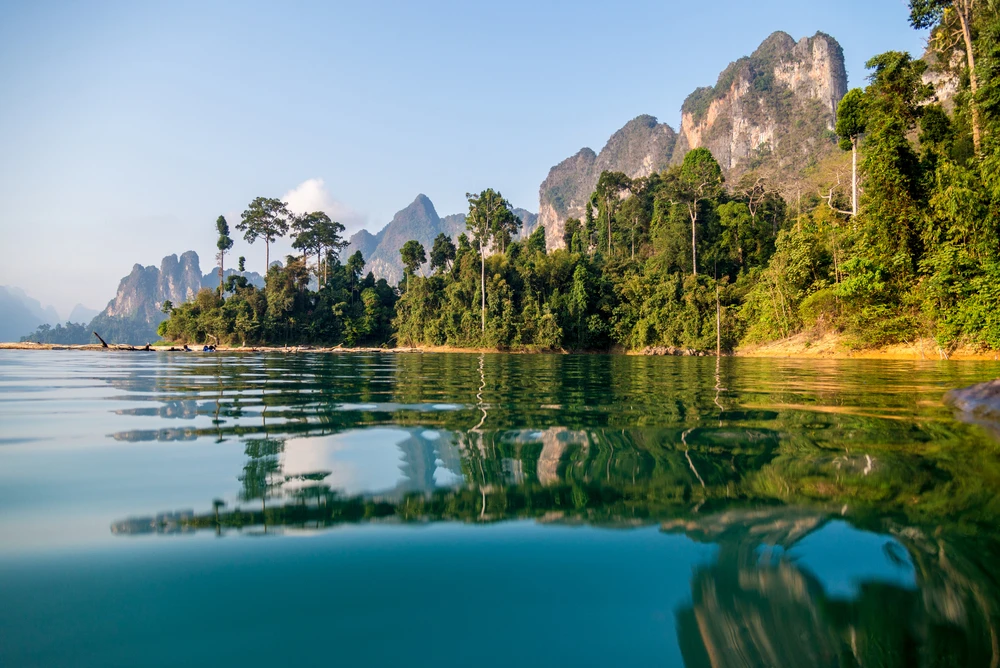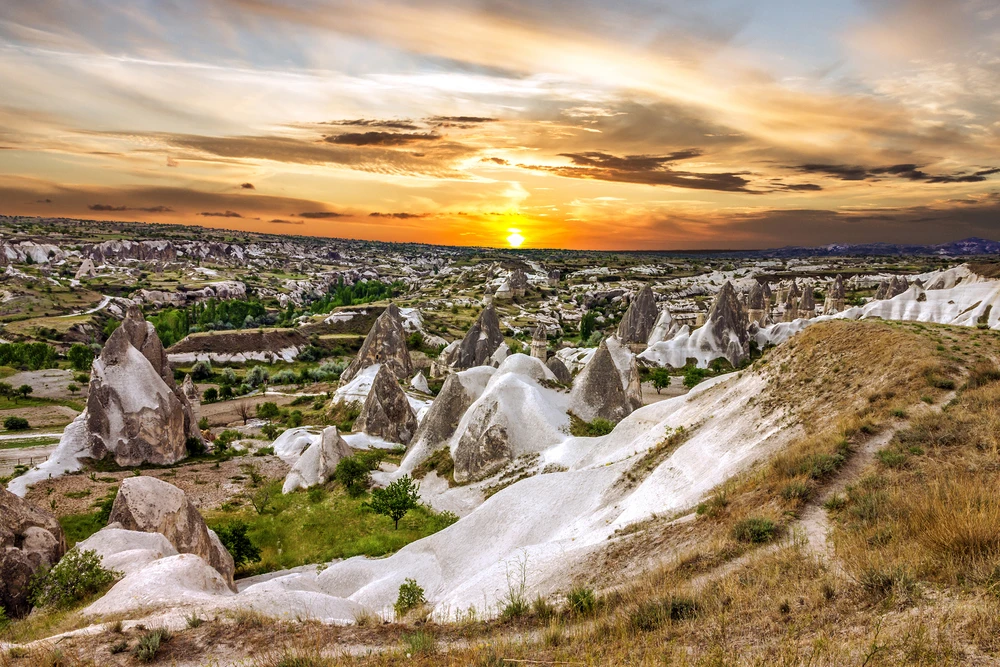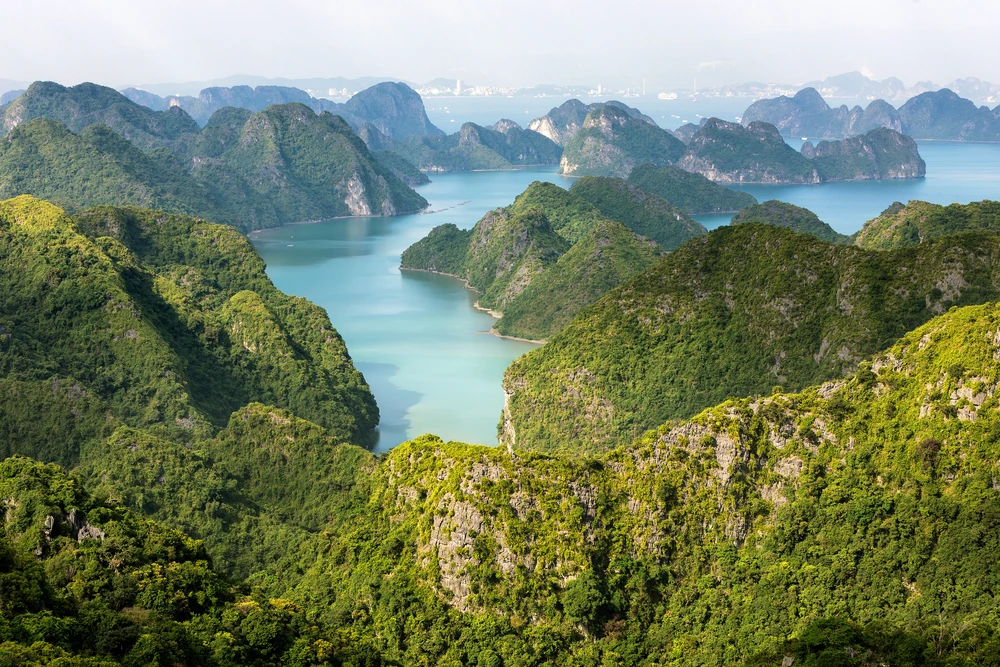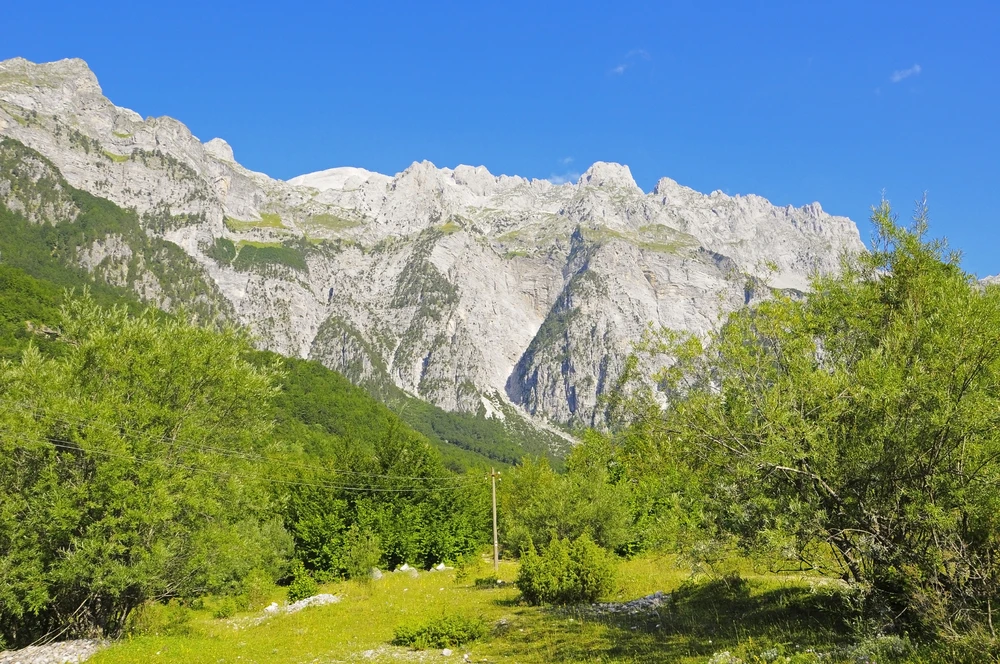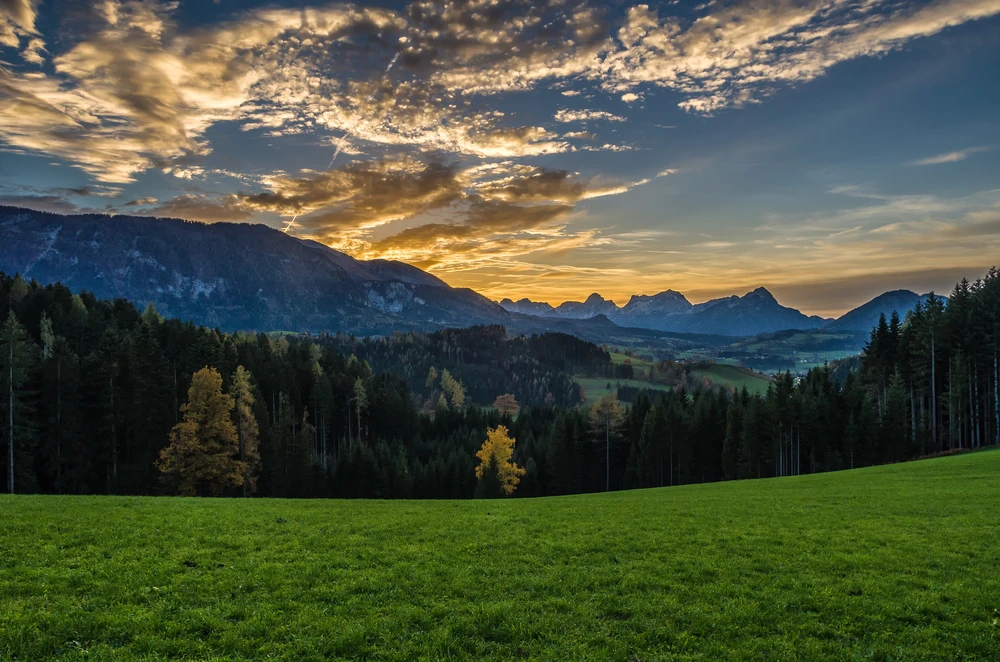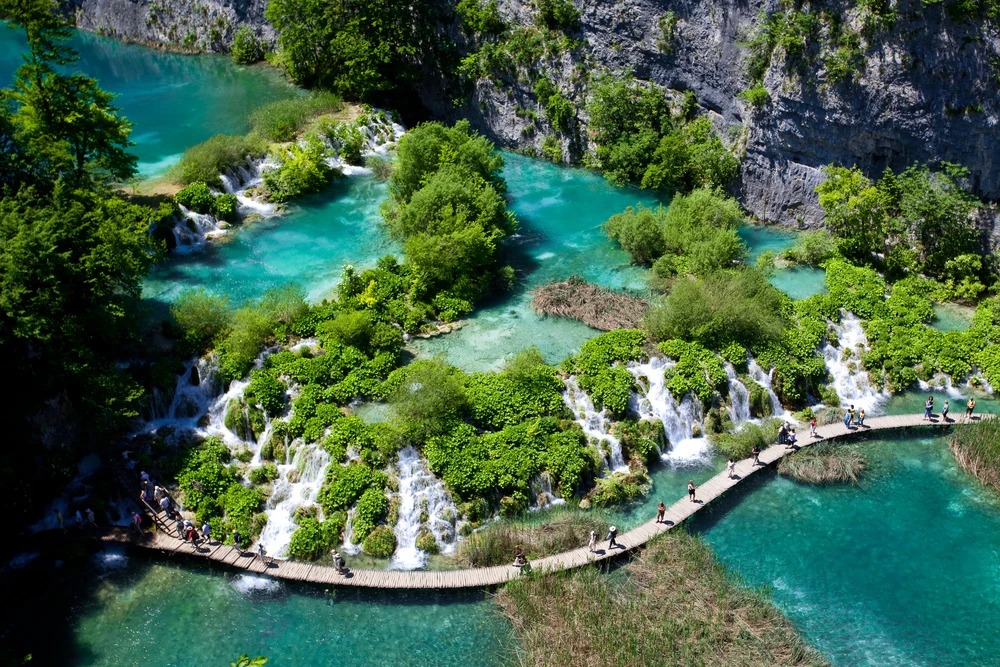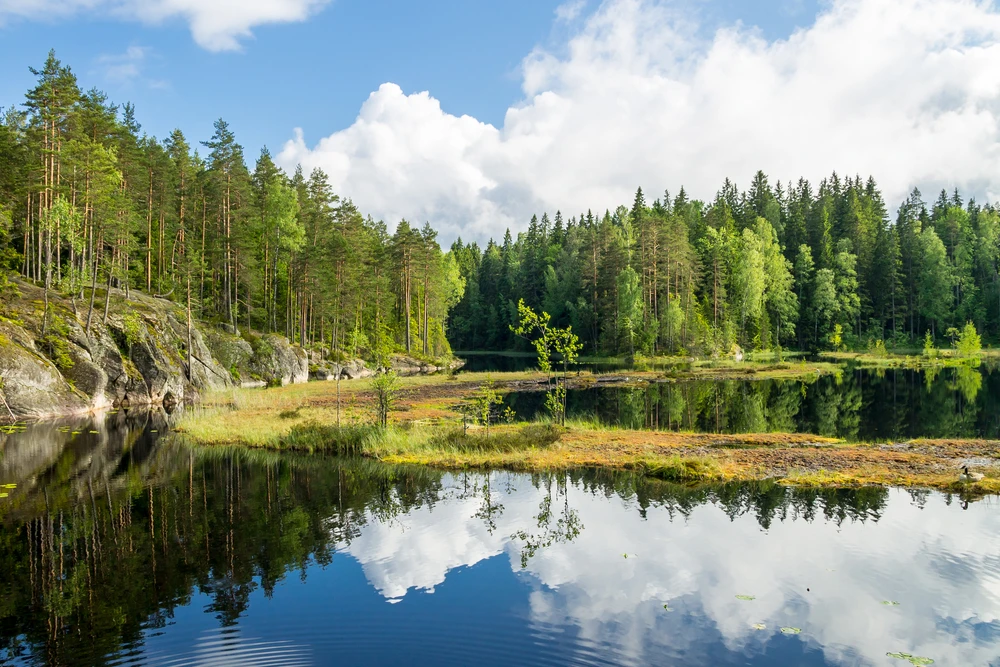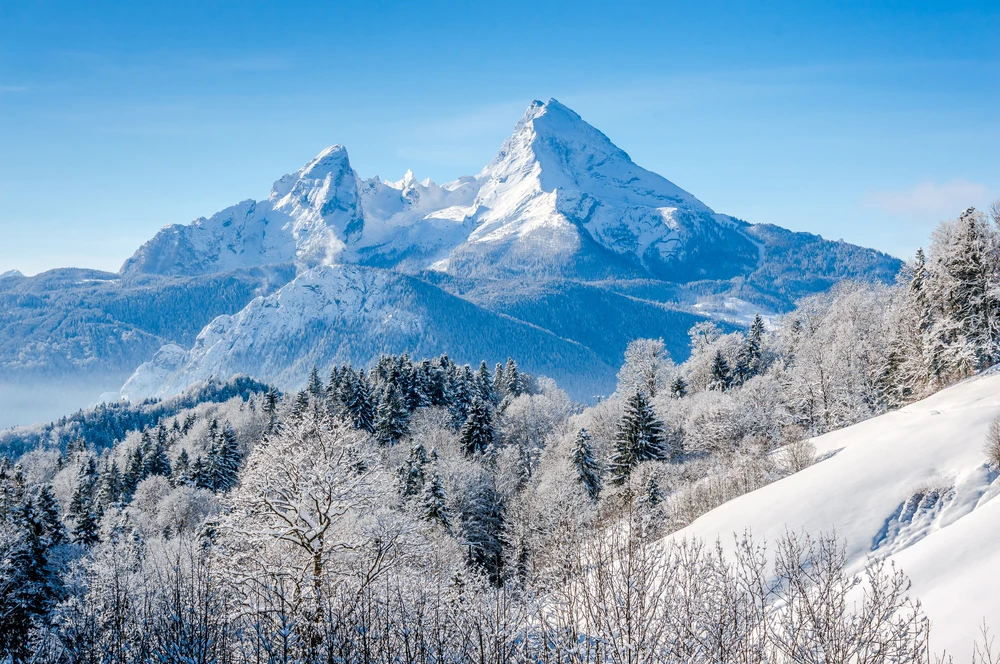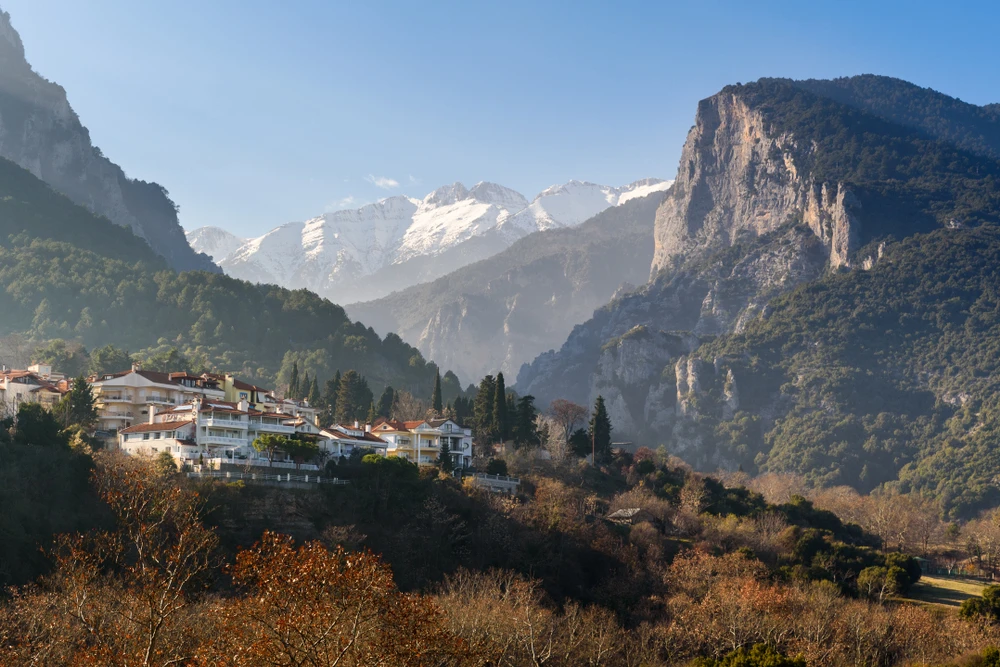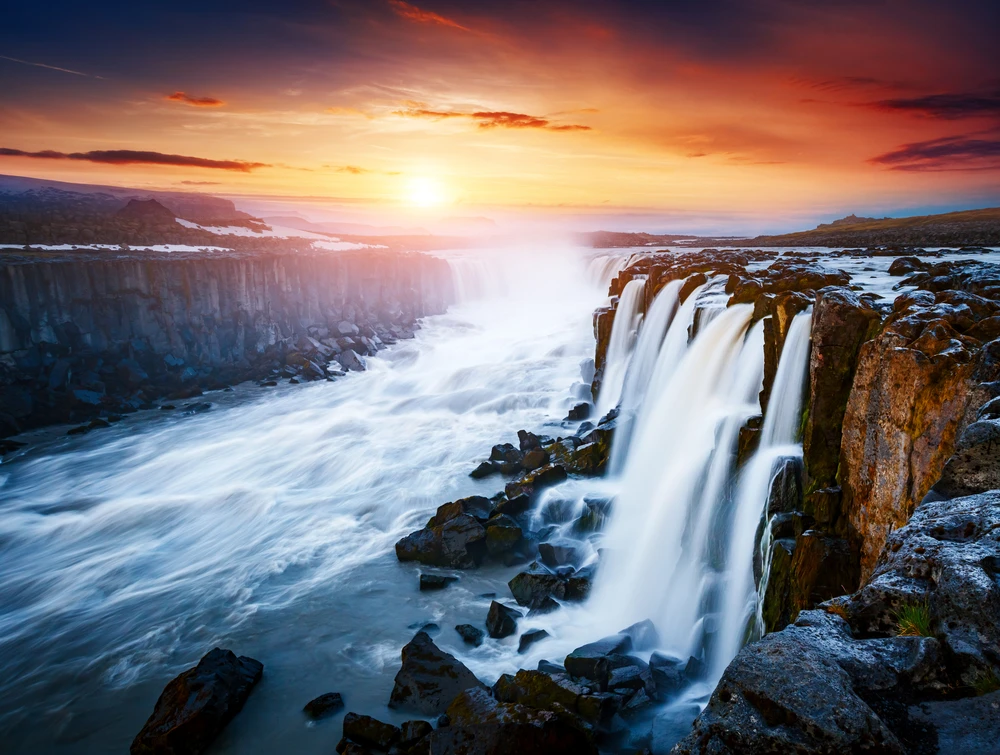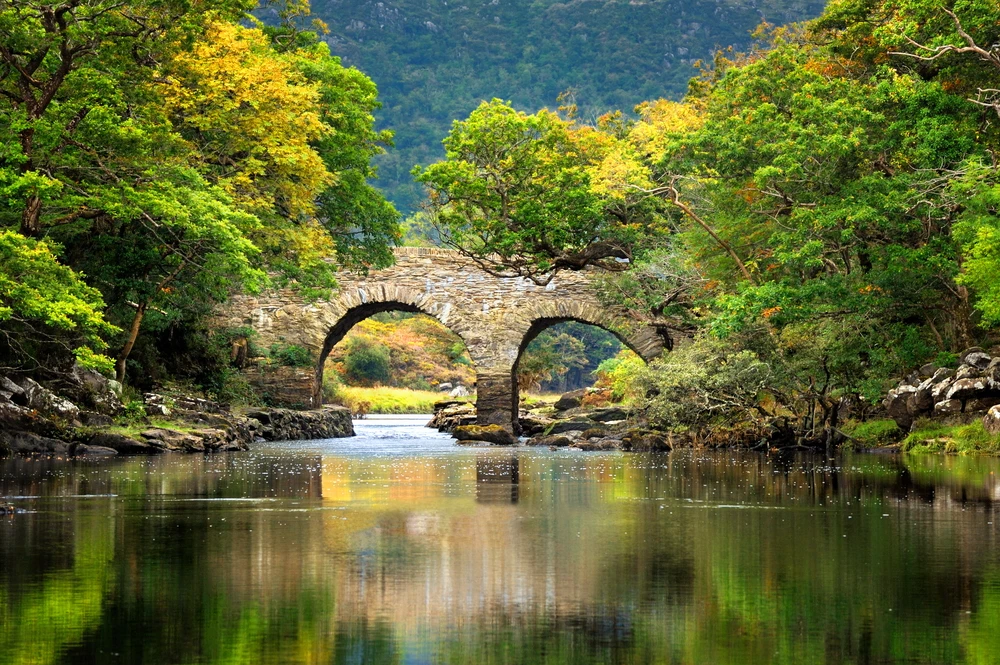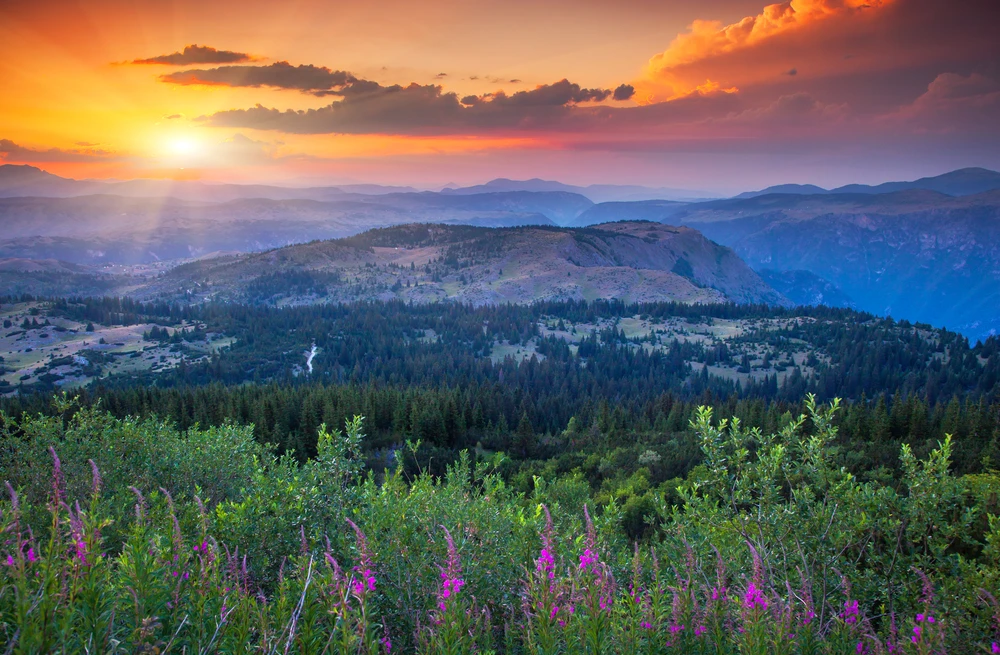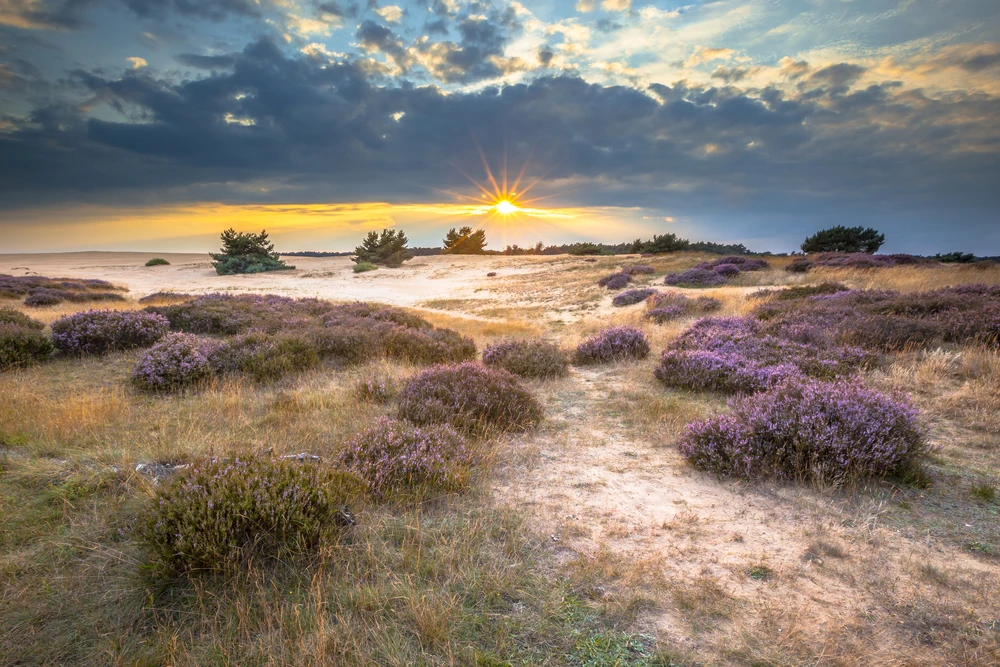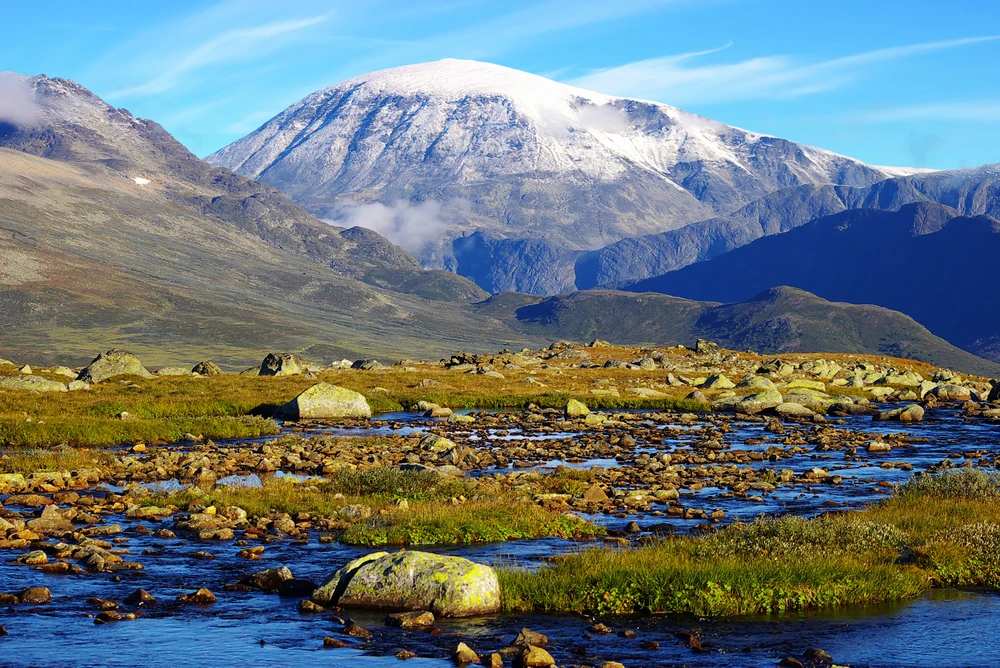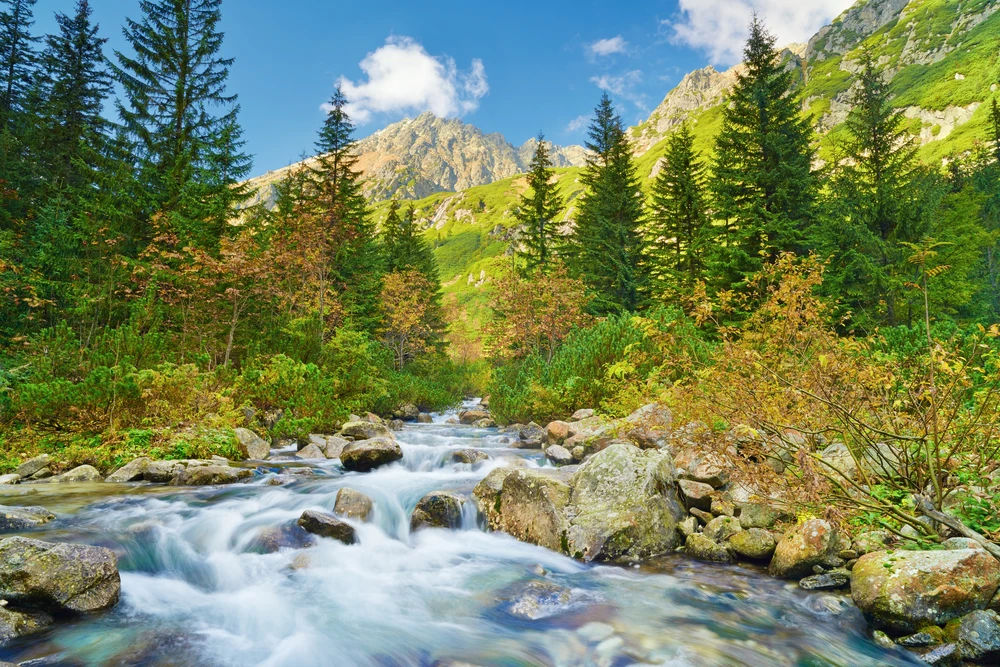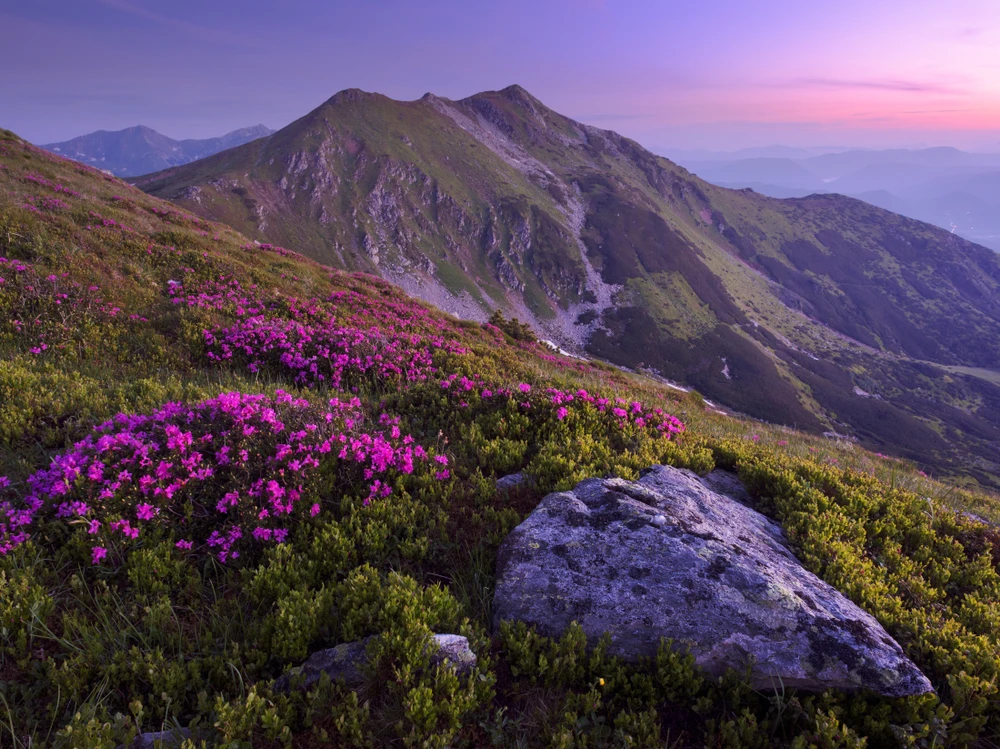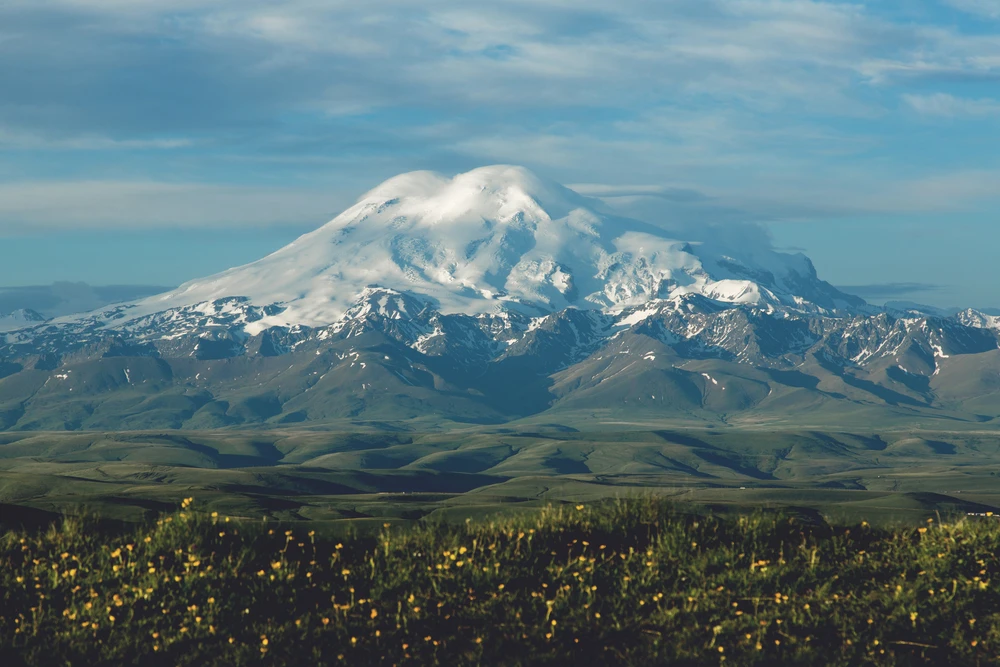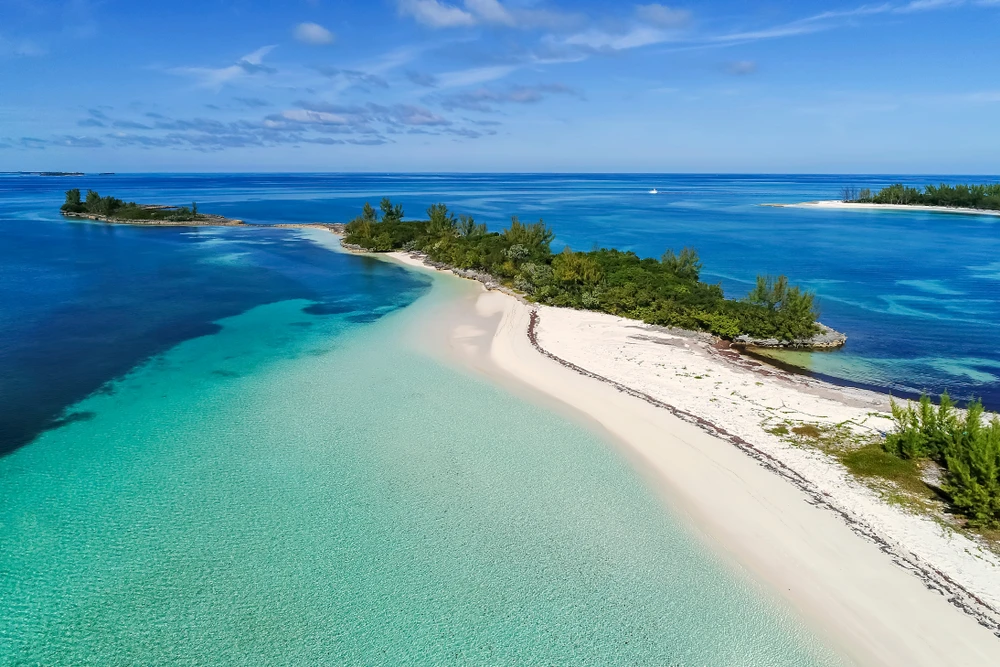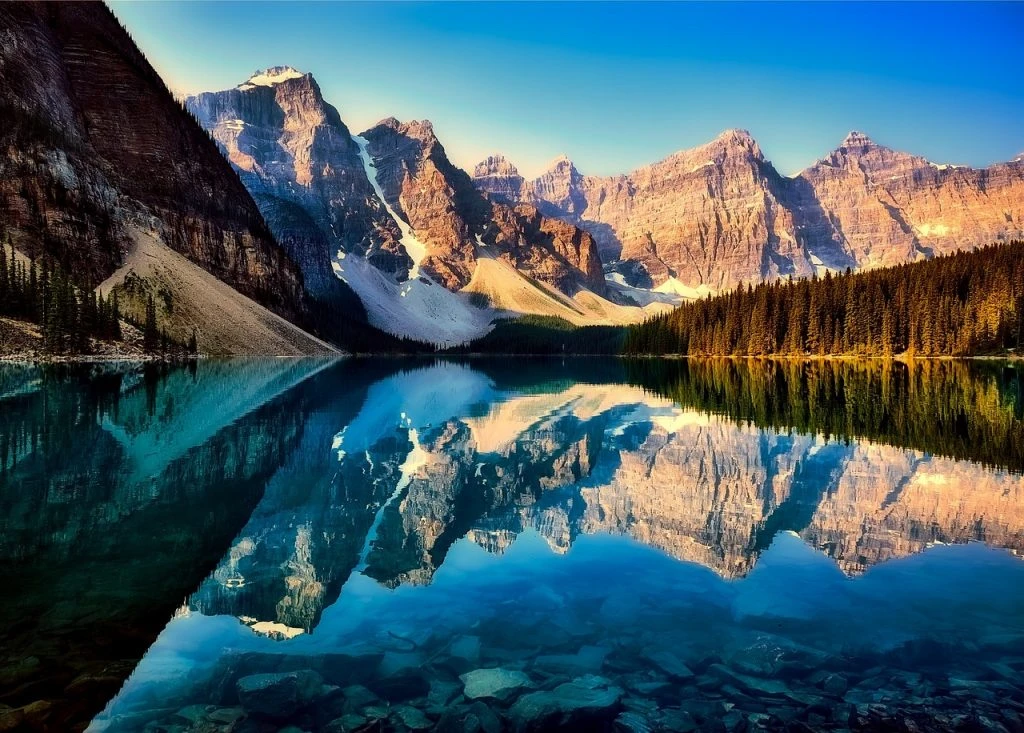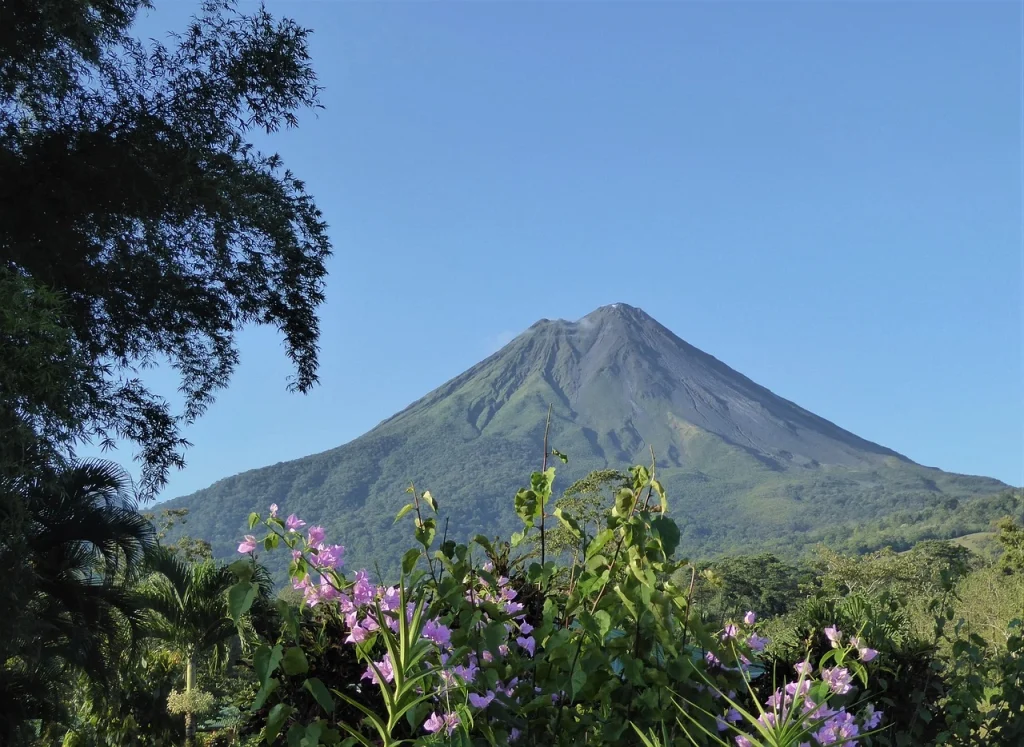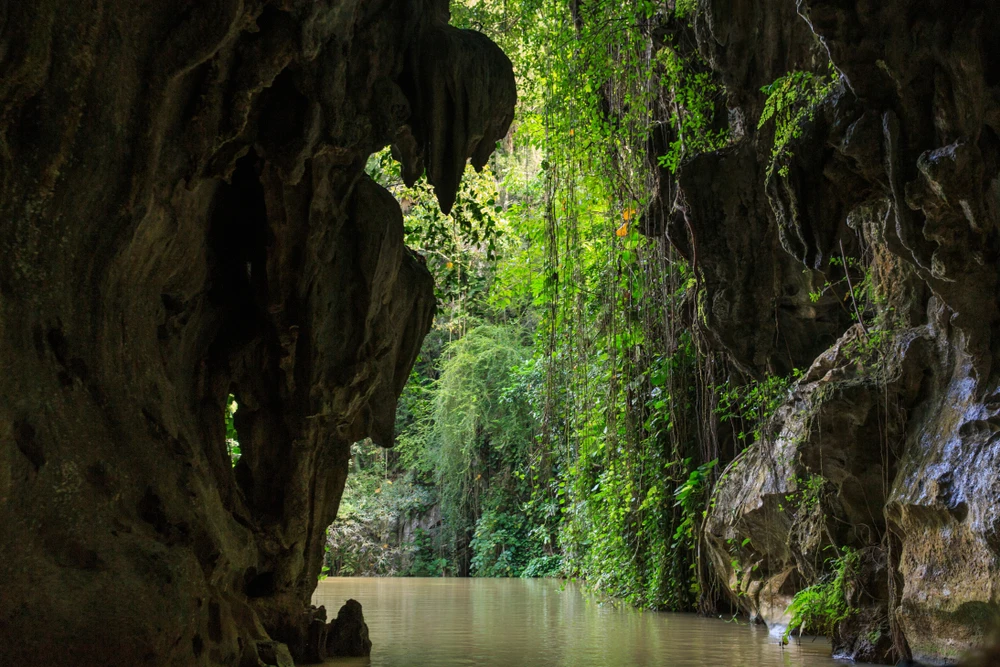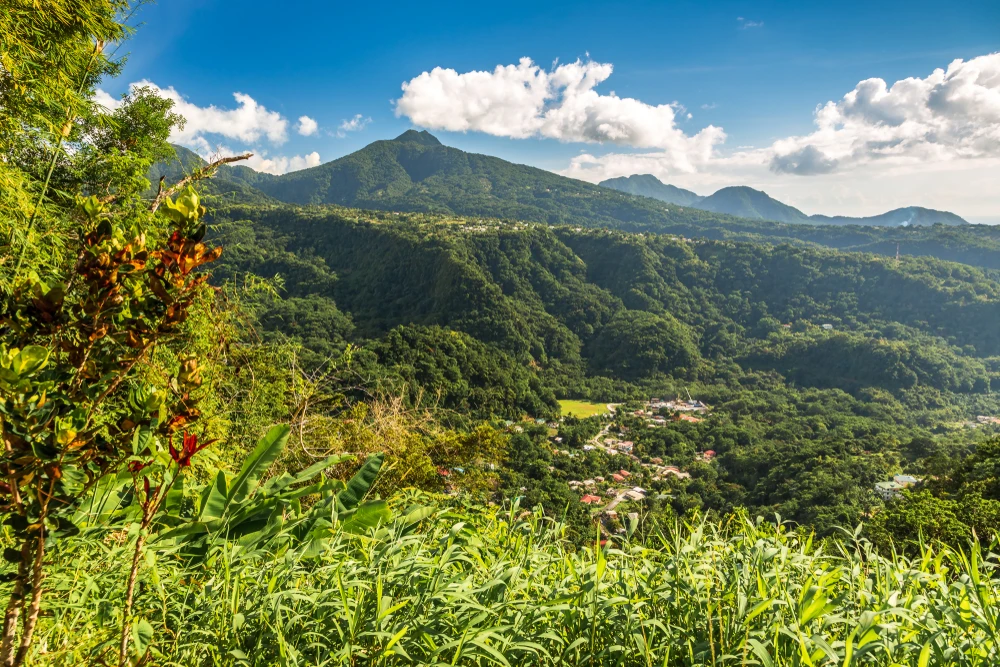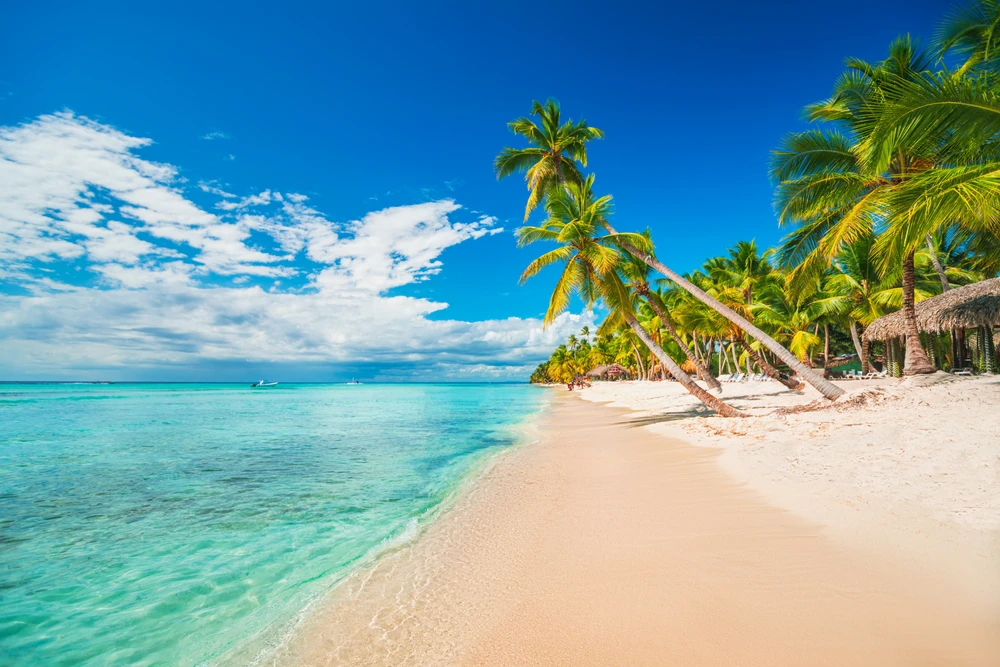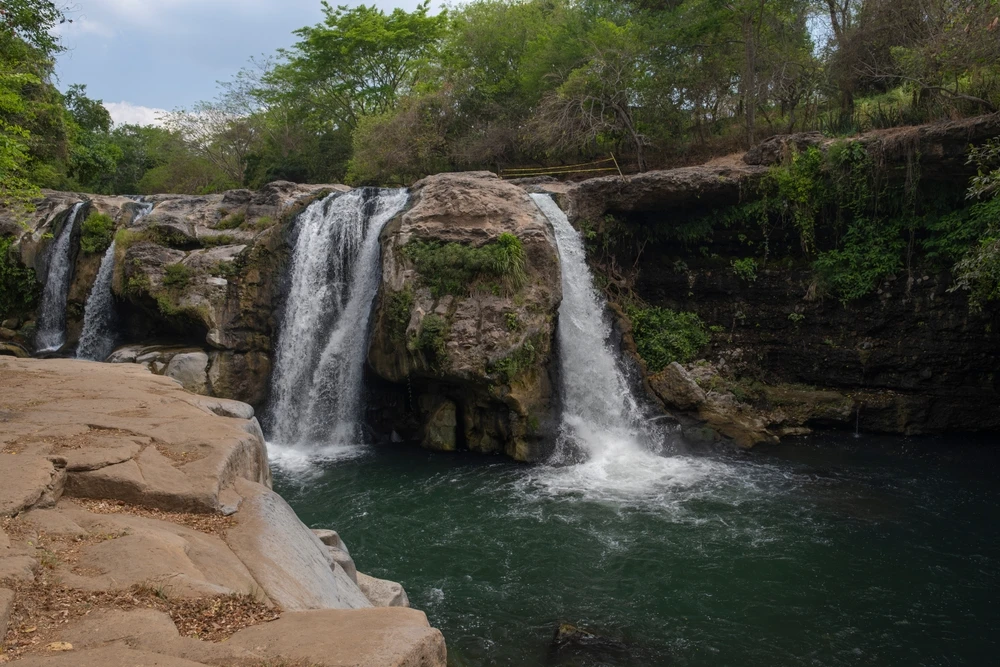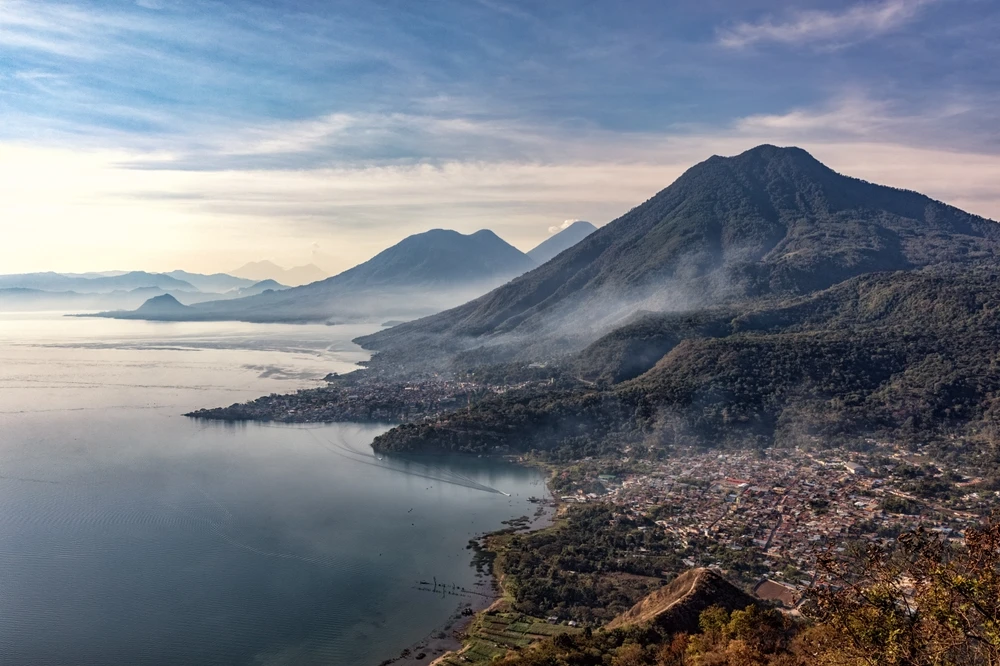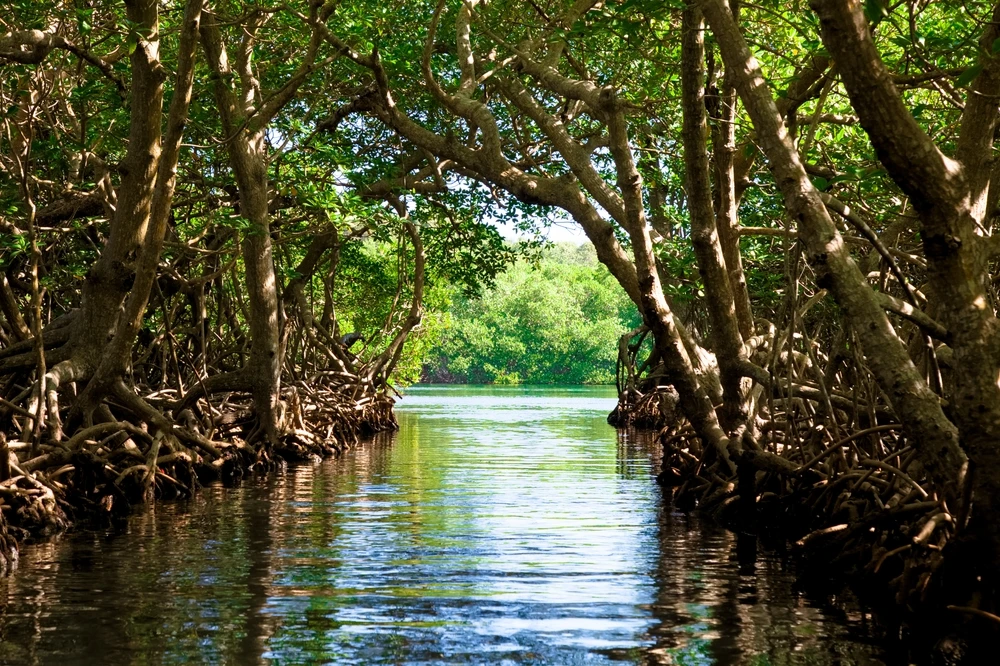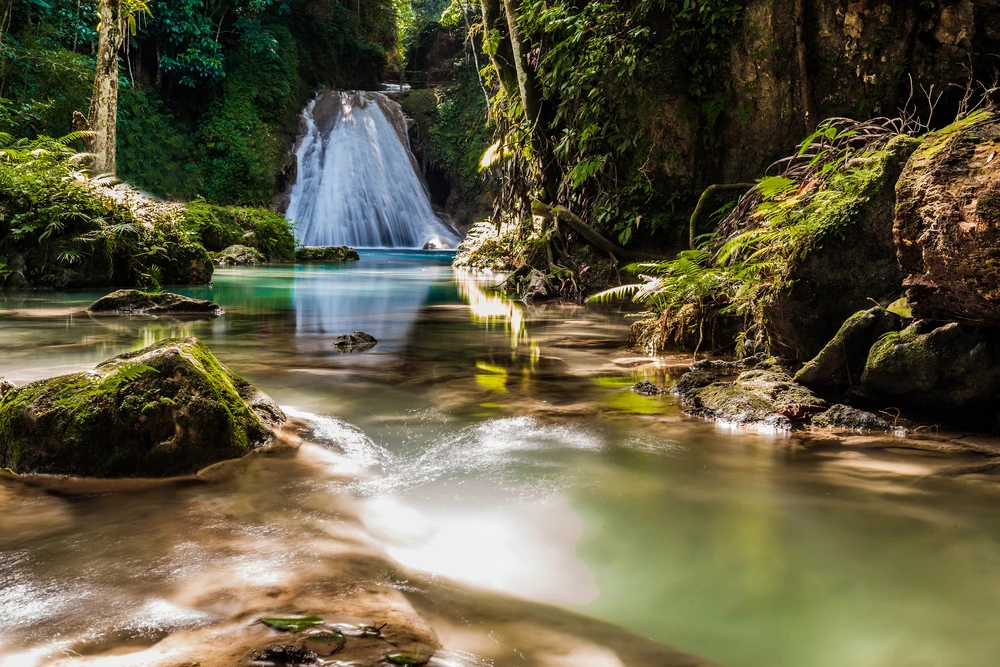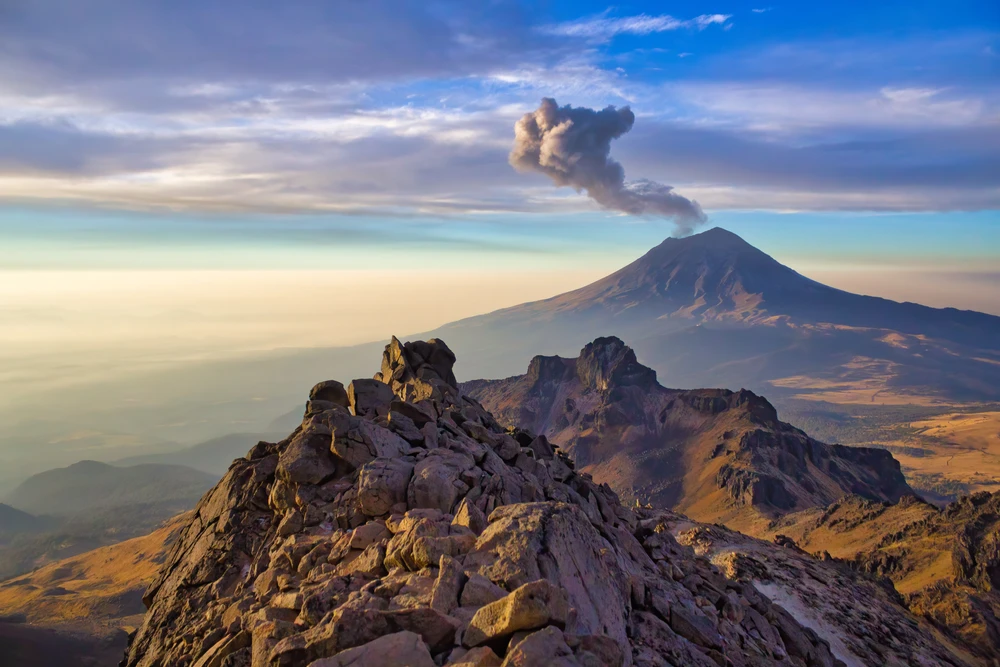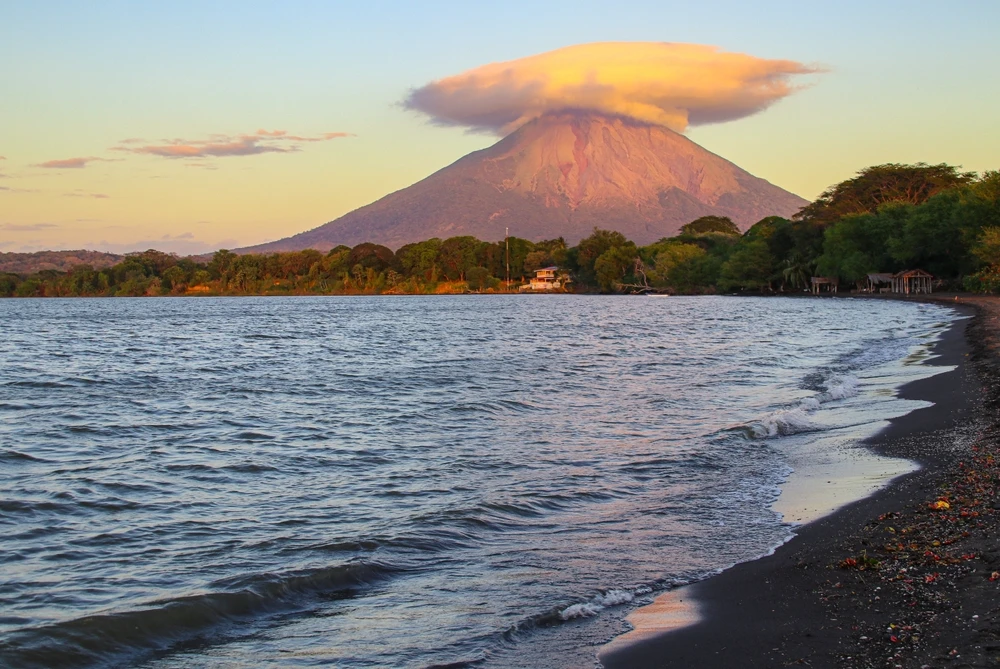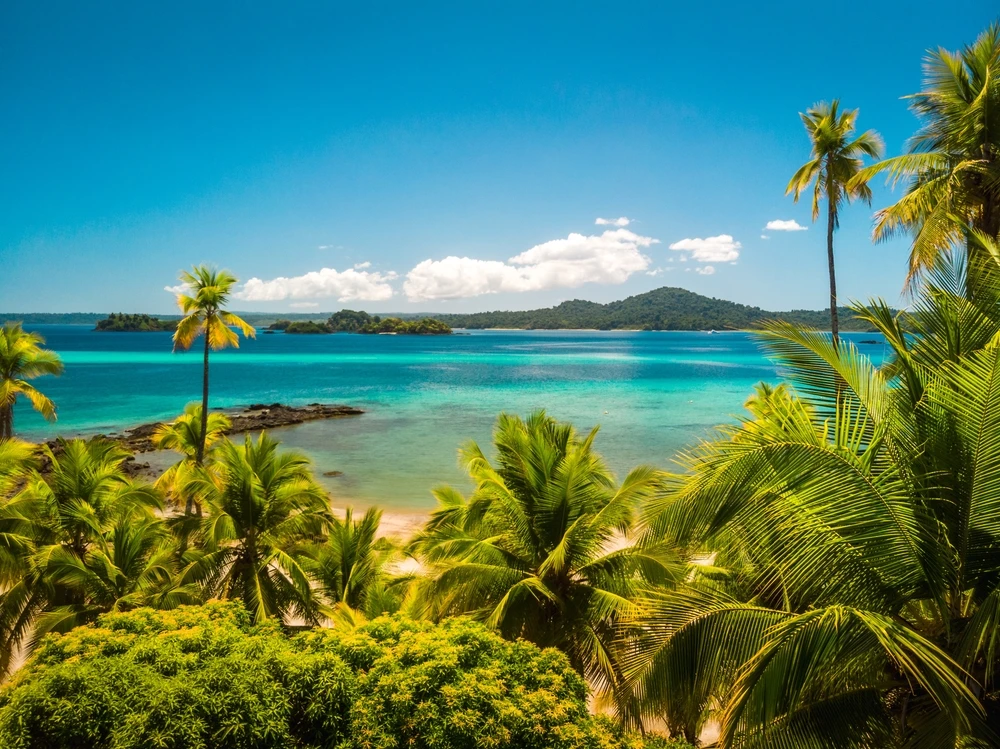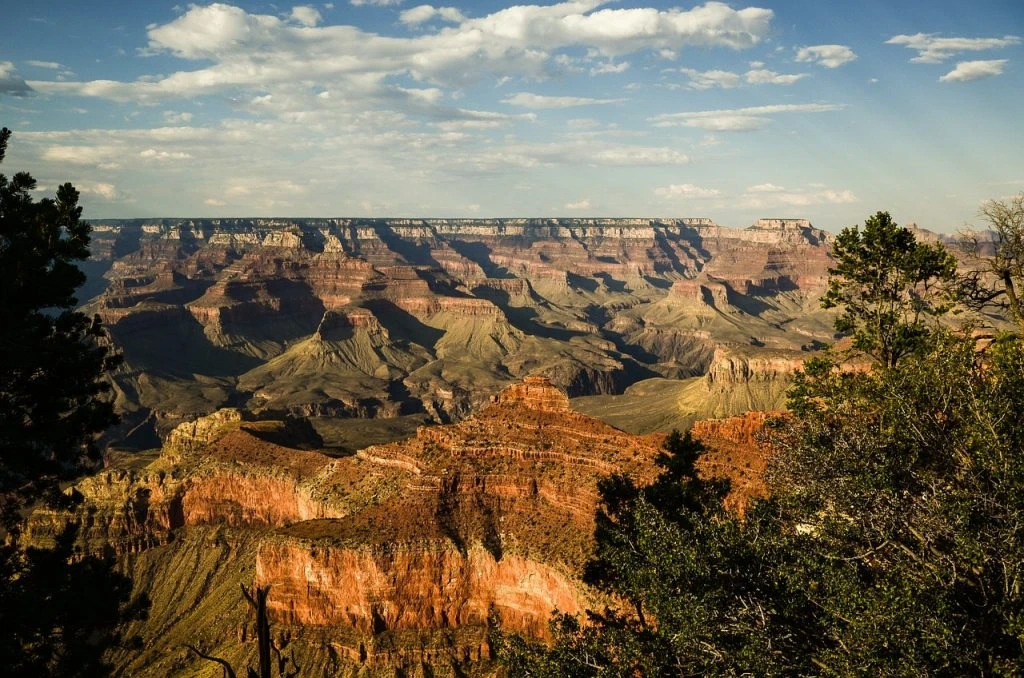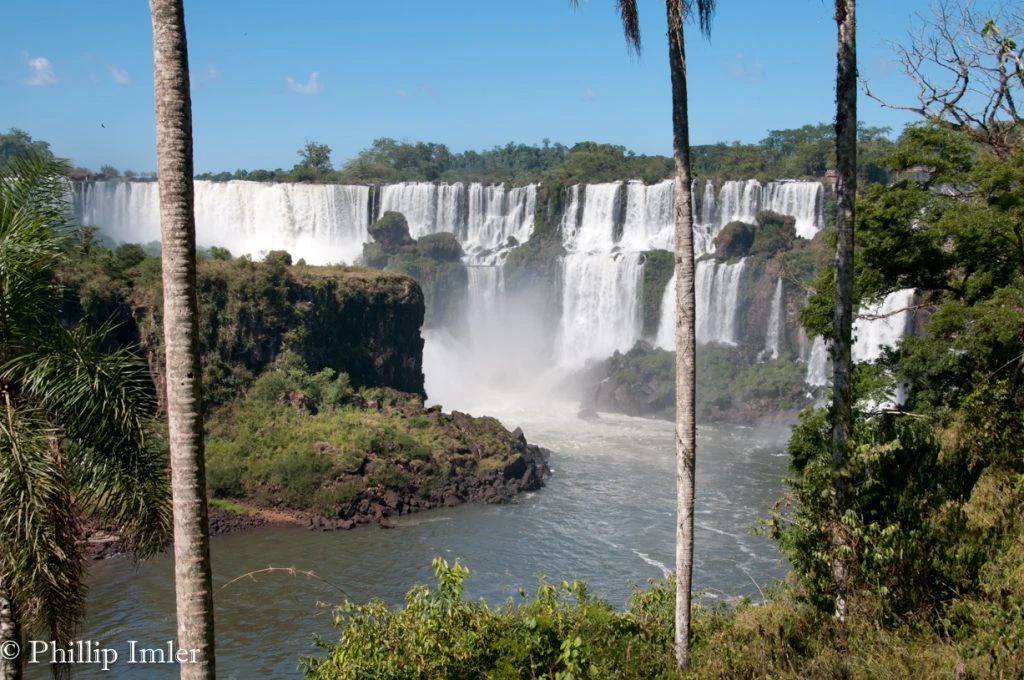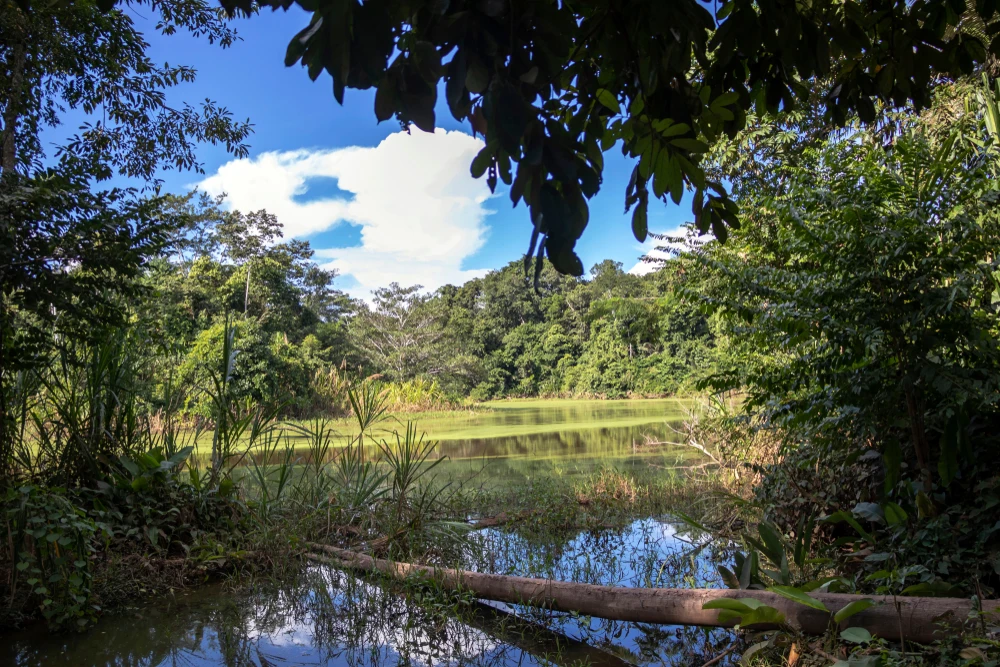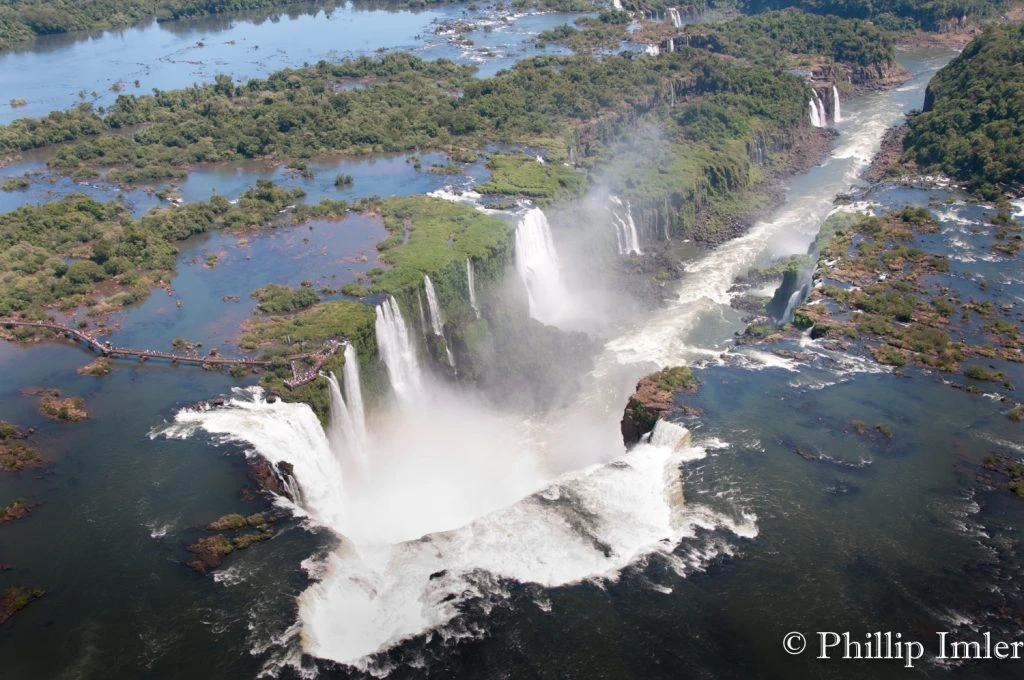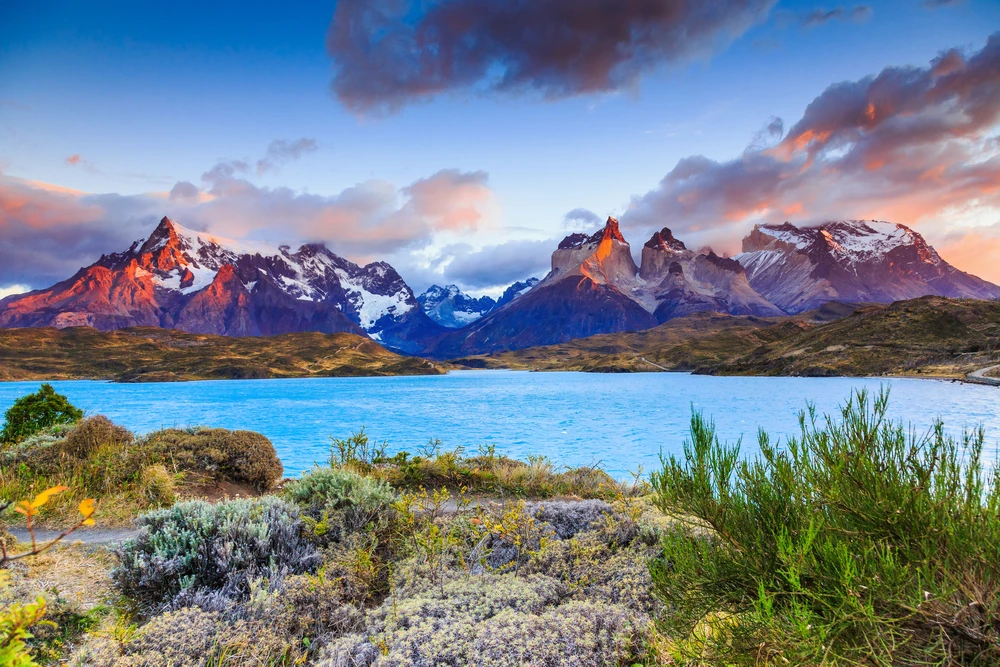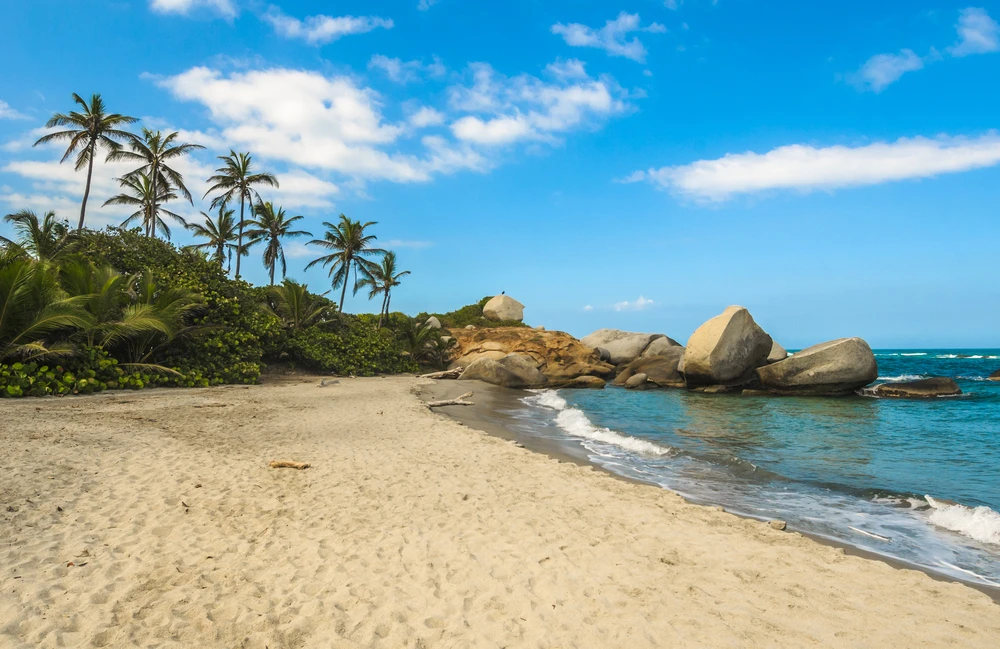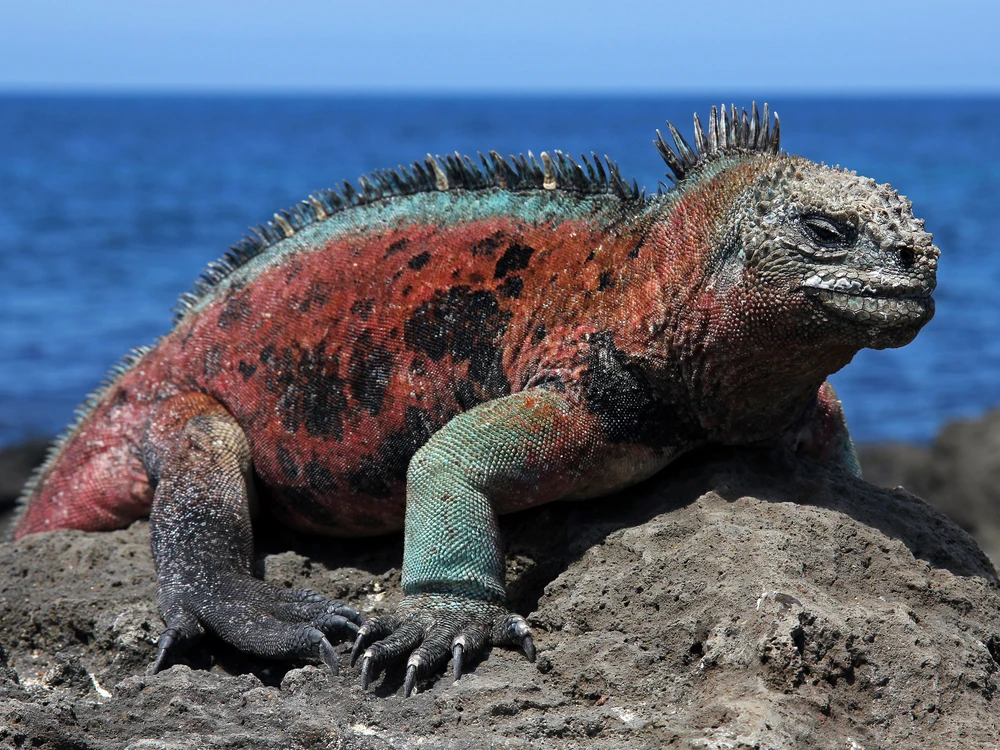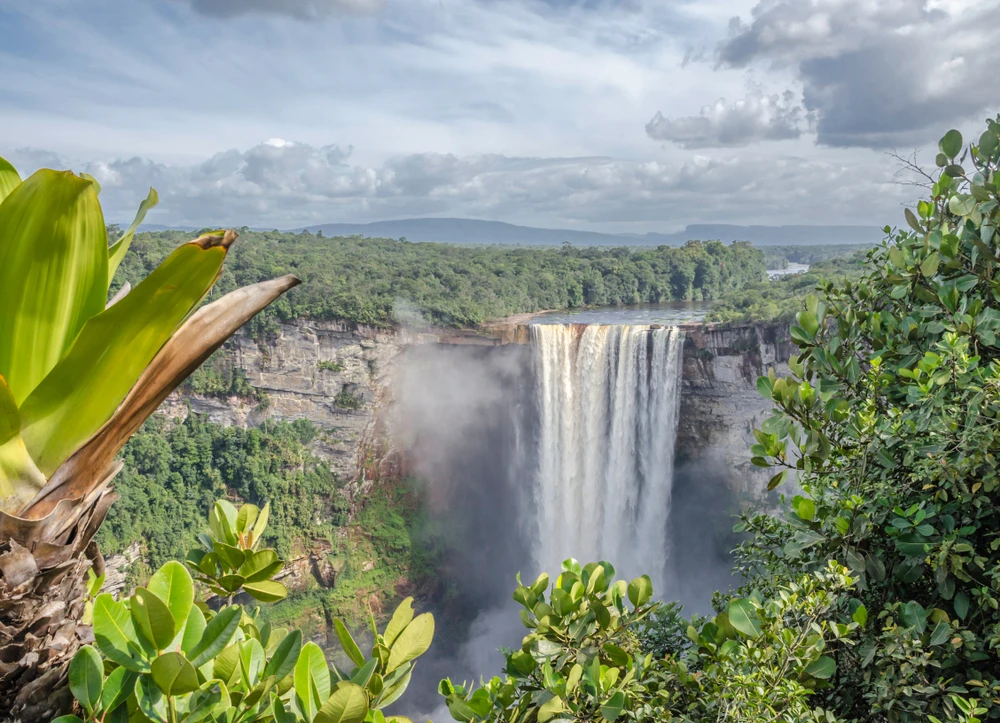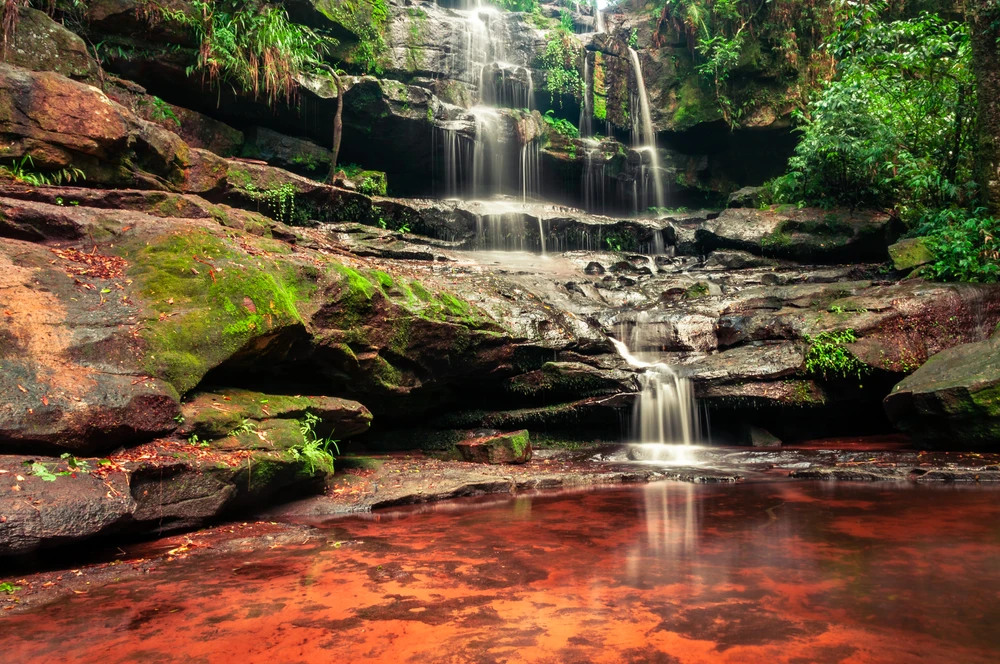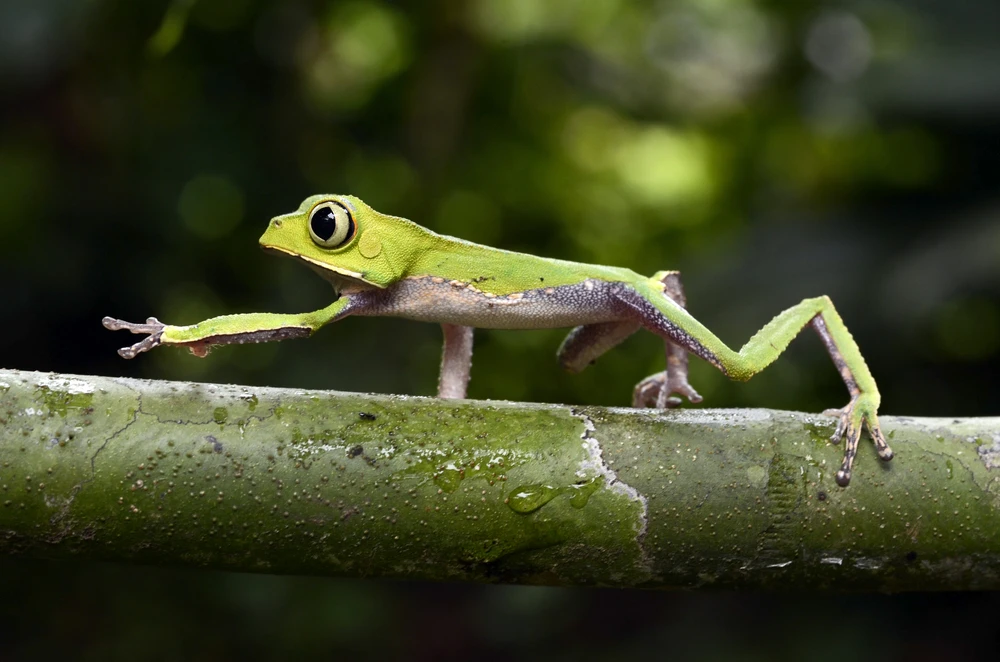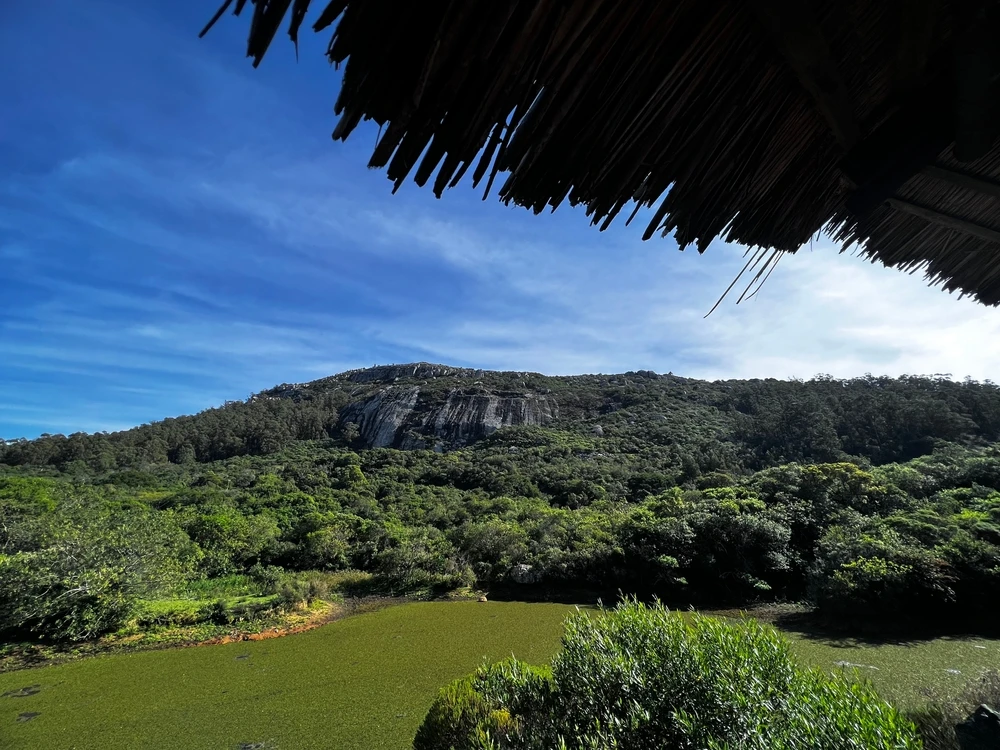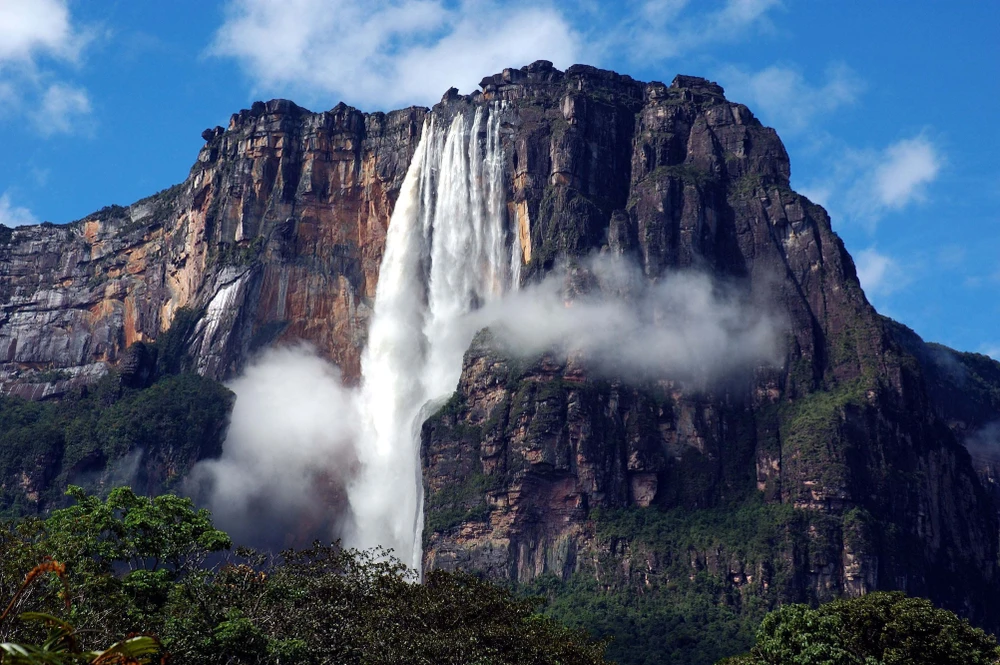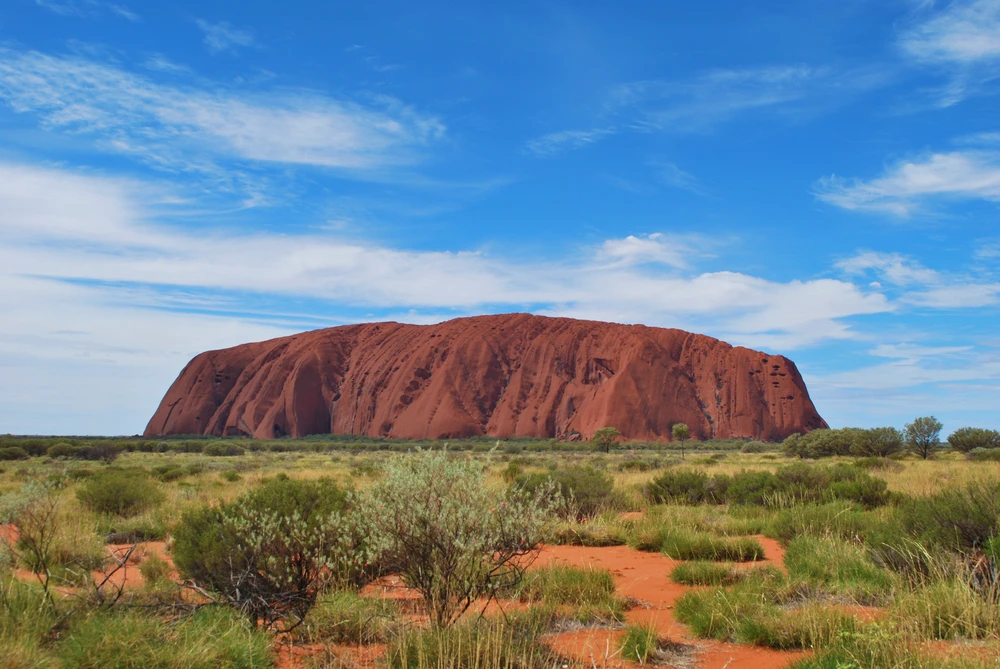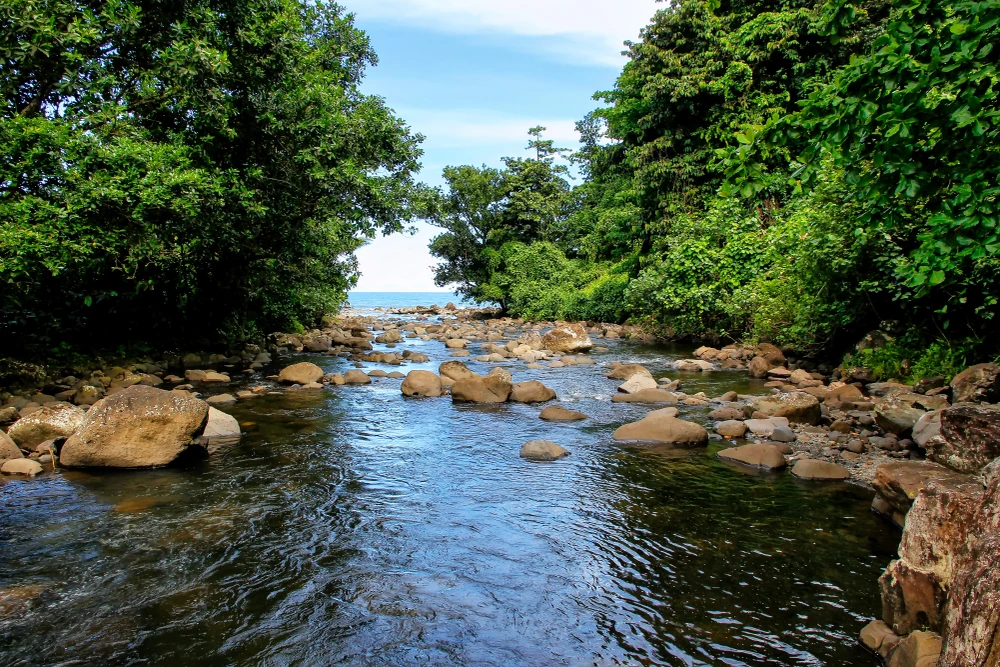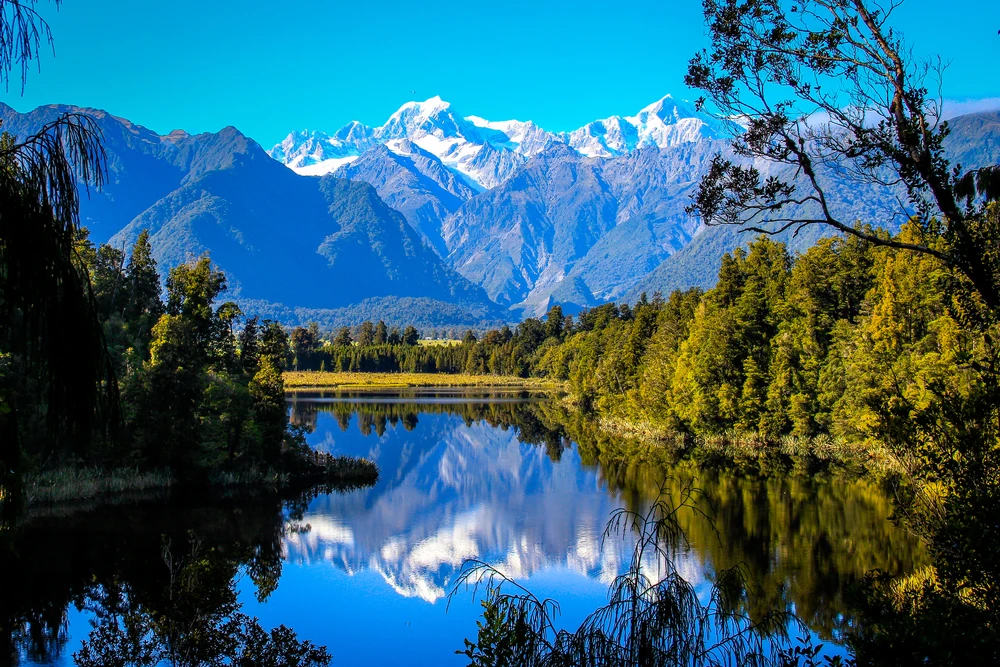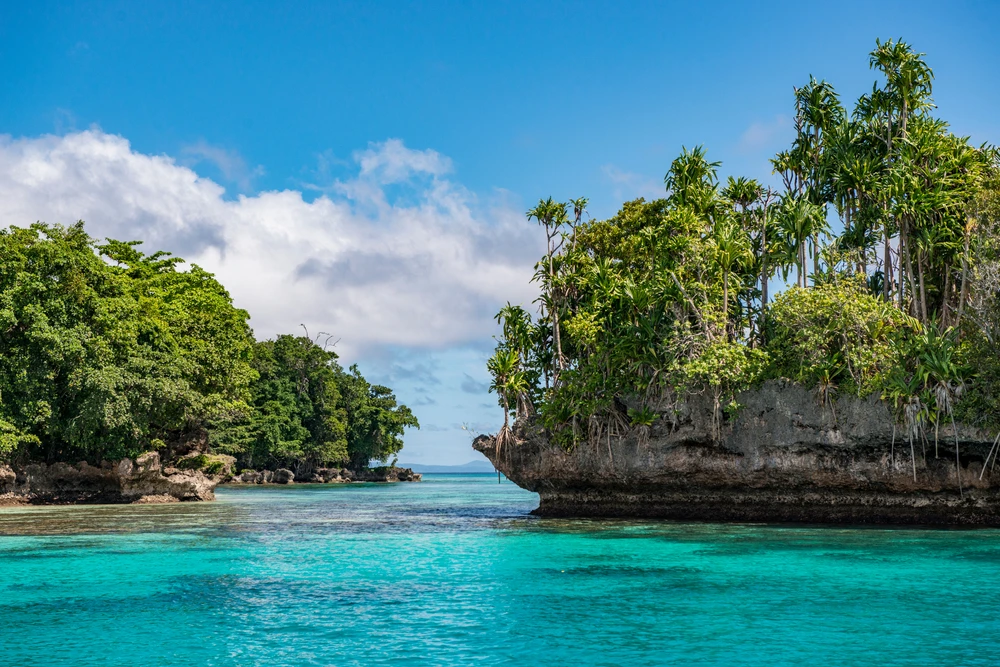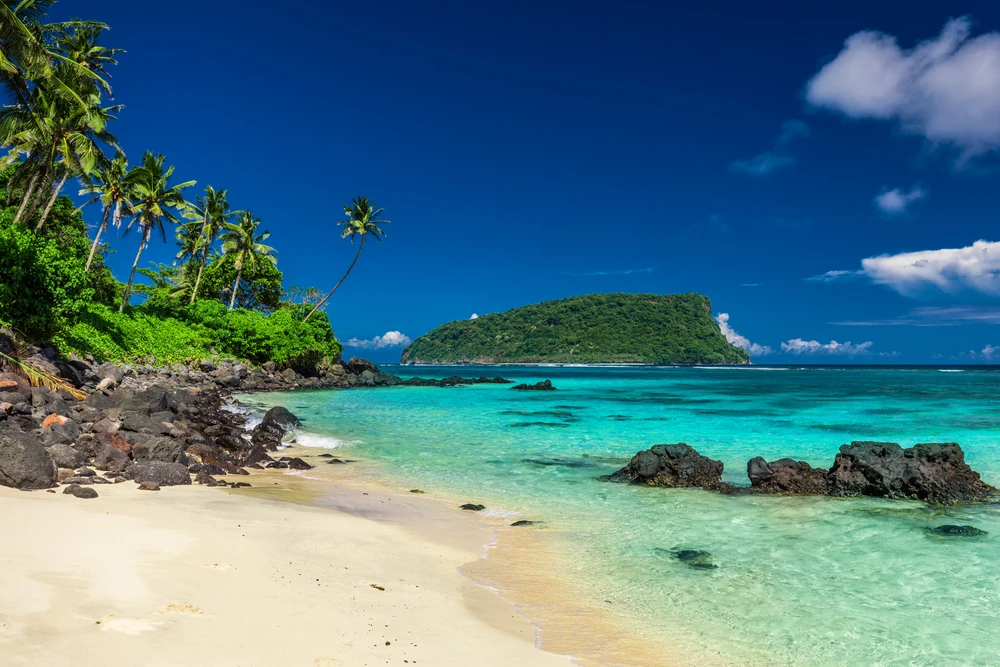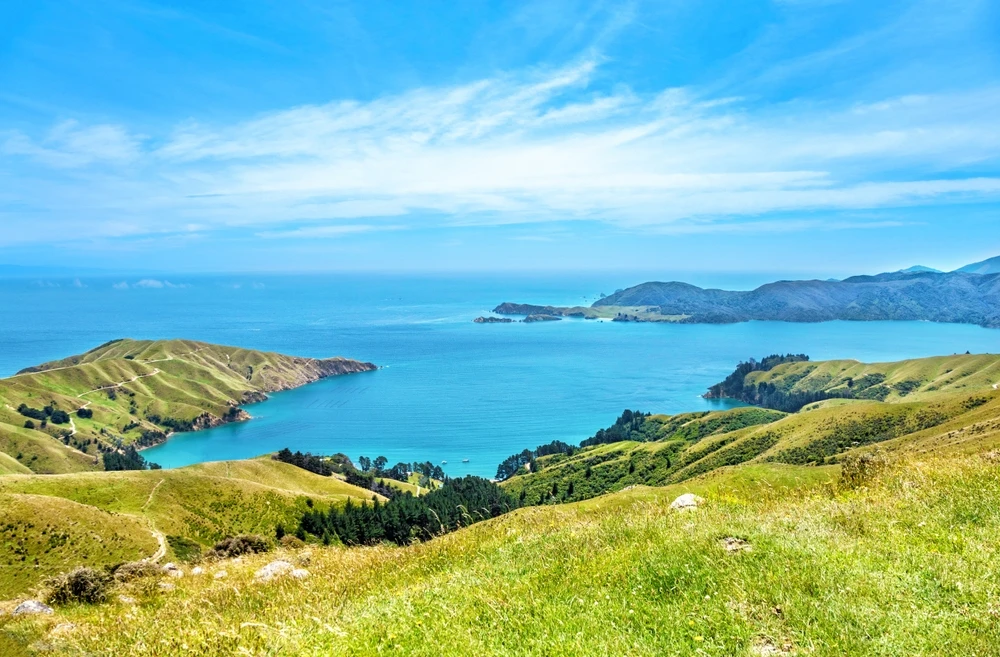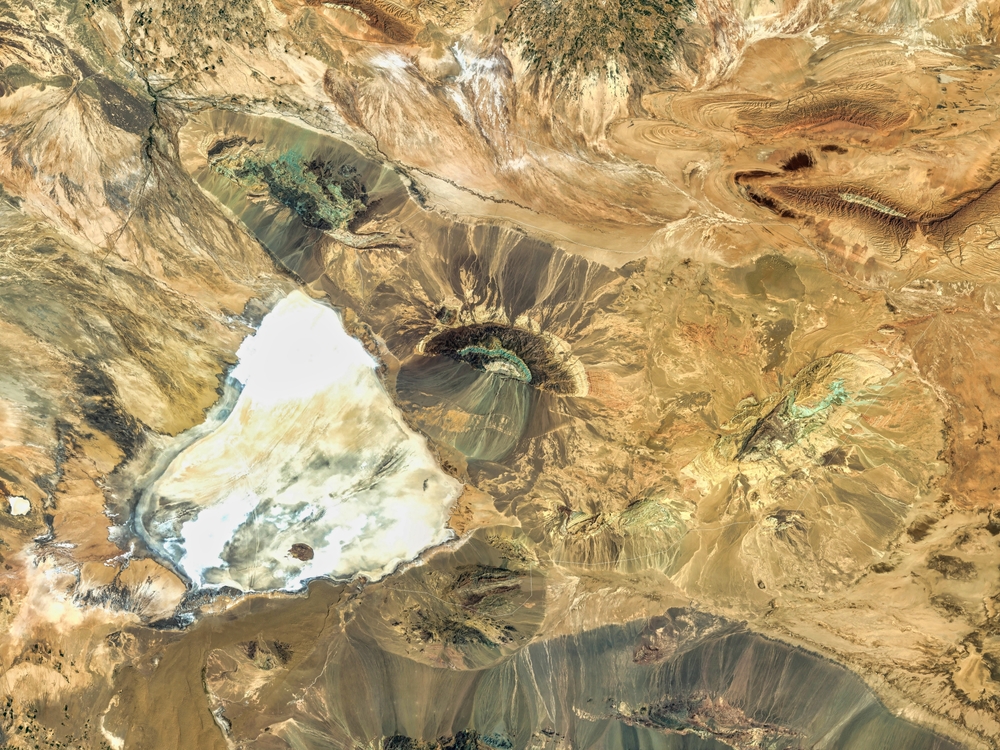The first national park in Iran is Golestan National Park, established in 1957. Located in northeastern Iran, near the border with Turkmenistan, it was originally designated as a protected area and later became a national park. Golestan is known for its rich biodiversity, ranging from forests and grasslands to mountains, and is home to species such as Persian leopards, wild goats, and a variety of birds.
About Iran National Parks
Iran, a country of remarkable natural diversity and rich cultural history, boasts 31 officially recognized national parks. These parks showcase a range of ecological zones, from lush forests and alpine meadows to vast deserts and coastal ecosystems. Iran’s national parks are vital not only for their breathtaking beauty but also for their role in preserving unique biodiversity and endangered species. Many of these protected areas harbor species such as Persian leopards, Asiatic cheetahs, and a variety of birds, reptiles, and plant species, some of which are found nowhere else in the world.
One of the most celebrated parks is Golestan National Park, located in the northeast. As Iran’s first national park, it is a UNESCO Biosphere Reserve and offers extraordinary biodiversity. This park spans dense forests, grasslands, and rugged mountains, providing habitats for more than 300 species of birds and mammals, including the Persian leopard and red deer. Golestan’s rich ecosystems are a haven for nature enthusiasts and researchers alike.
Lar National Park, located near the capital, Tehran, is another gem, featuring high-altitude landscapes dominated by Mount Damavand, the highest peak in the Middle East. Known for its pristine alpine meadows and the abundance of wildflowers, including wild tulips, Lar is a popular destination for hikers and botanists. It is also home to various wildlife, including brown bears and wild goats.
In the southeast, Kavir National Park, often called the “Little Africa” of Iran, showcases a starkly contrasting desert ecosystem. Its vast expanse of salt flats and sand dunes is home to unique desert-adapted species, such as the Asiatic cheetah, one of the world’s most endangered mammals, and Persian onagers. The park’s striking landscapes make it a favorite for adventurous travelers and wildlife photographers.
Bakhtegan National Park, situated in Fars Province, protects one of Iran’s largest lake systems, attracting migratory birds like flamingos and pelicans. Despite challenges such as water scarcity and habitat degradation, this park continues to play a critical role in the preservation of wetland ecosystems.
Lastly, Tandooreh National Park, located in the northeast near the Turkmenistan border, is renowned for its dramatic cliffs, canyons, and rich wildlife. Its rugged terrain provides habitats for Persian leopards, ibexes, and wolves, making it a crucial site for conservation efforts.
Despite these ecological treasures, Iran’s national parks face significant challenges, including habitat loss, overgrazing, water scarcity, and climate change. However, there have been successes, such as increased public awareness and dedicated conservation projects aimed at protecting flagship species like the Asiatic cheetah and Persian leopard. Efforts to enhance eco-tourism and involve local communities in conservation are also bearing fruit, fostering a deeper connection between people and nature.
Iran National Parks
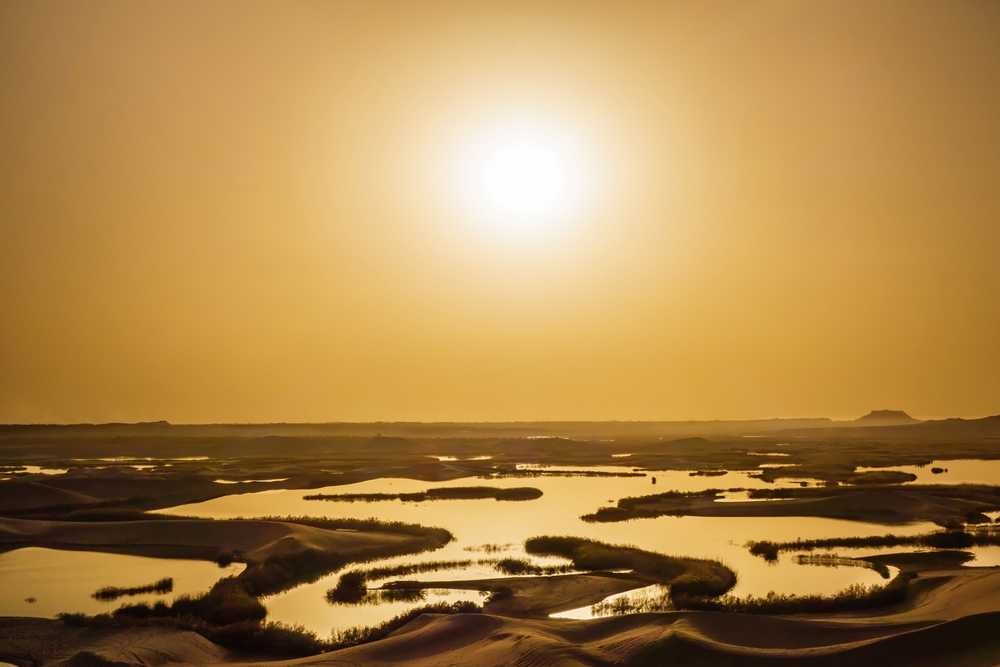
Bakhtegan National Park
Explore Now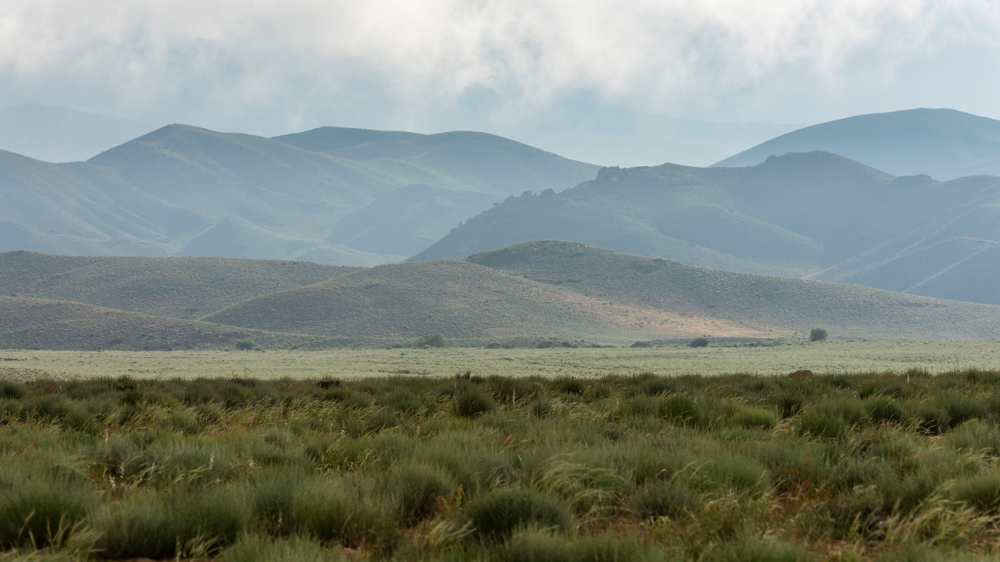
Golestan National Park
Explore Now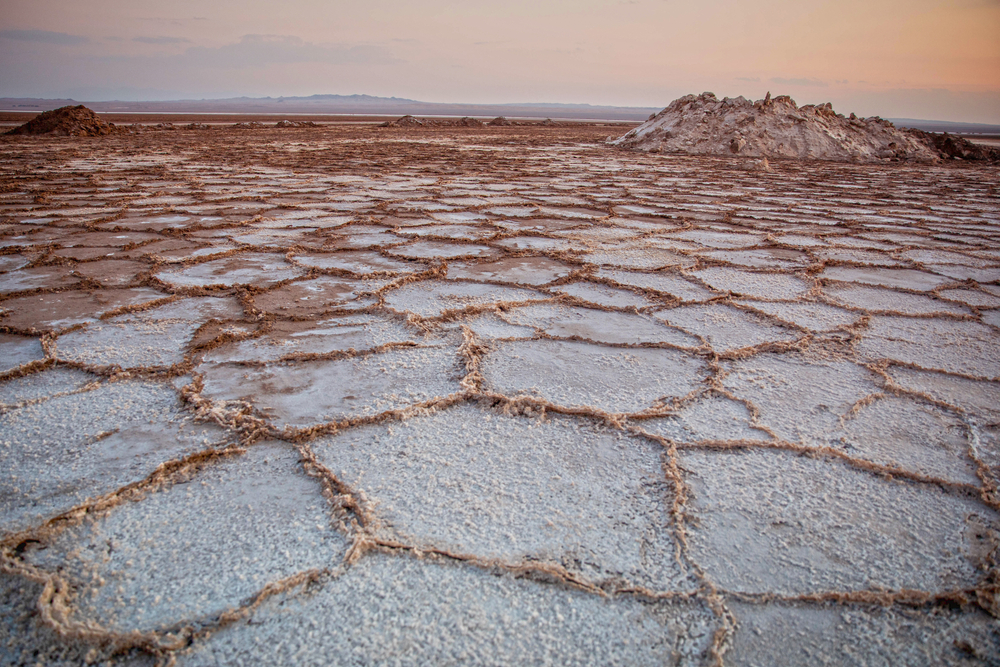
Kavir National Park
Explore Now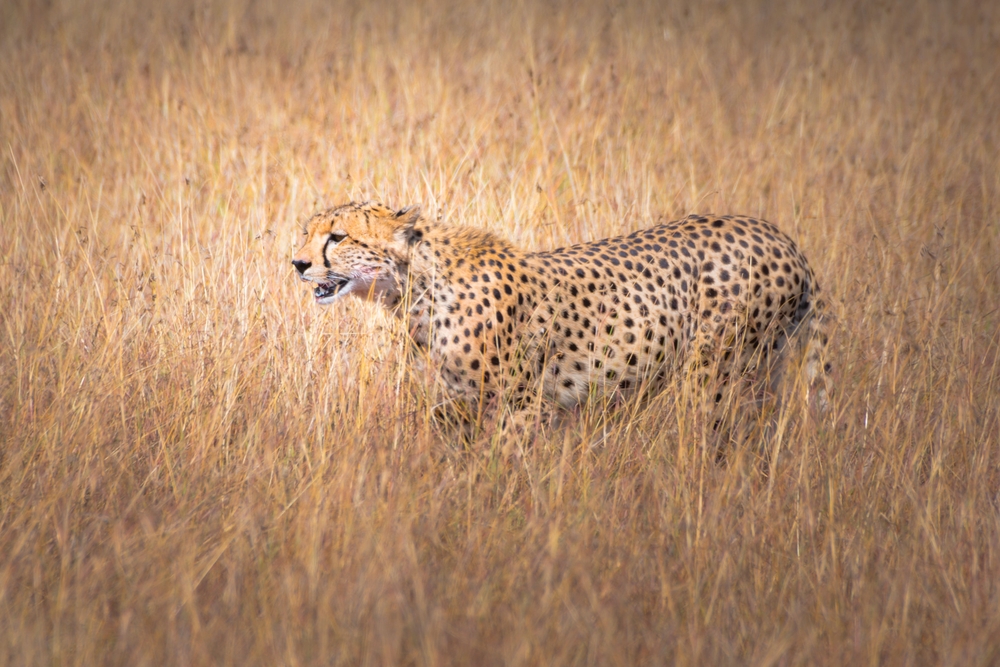
Khar Turan National Park
Explore Now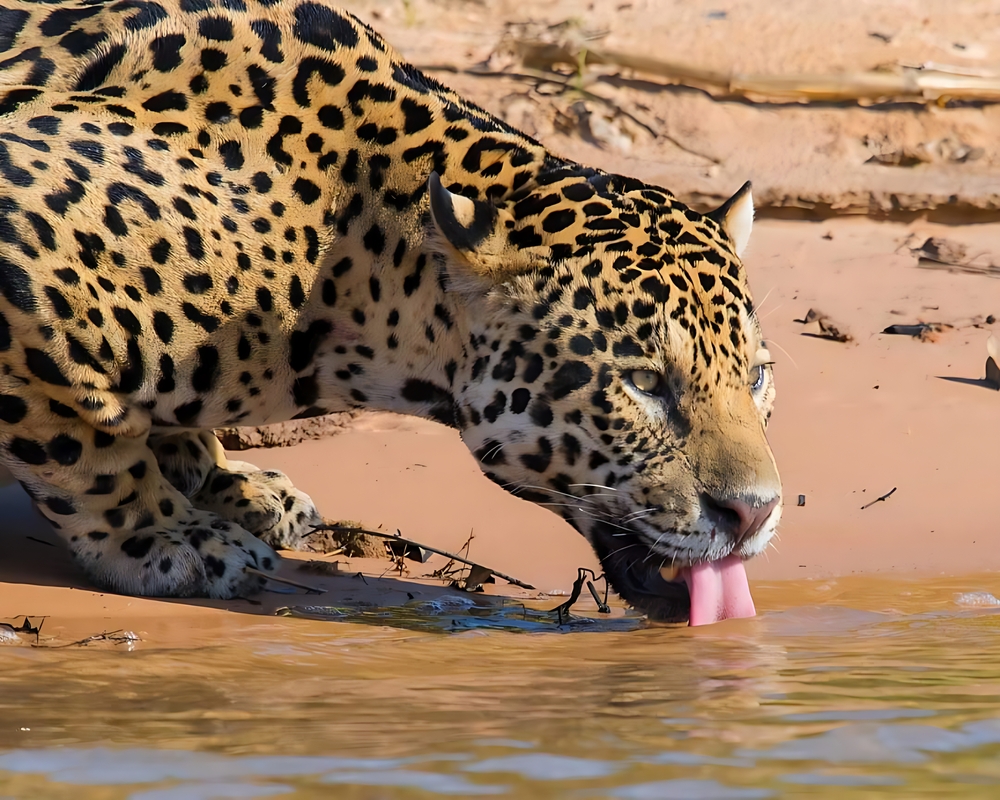
Khojir National Park
Explore Now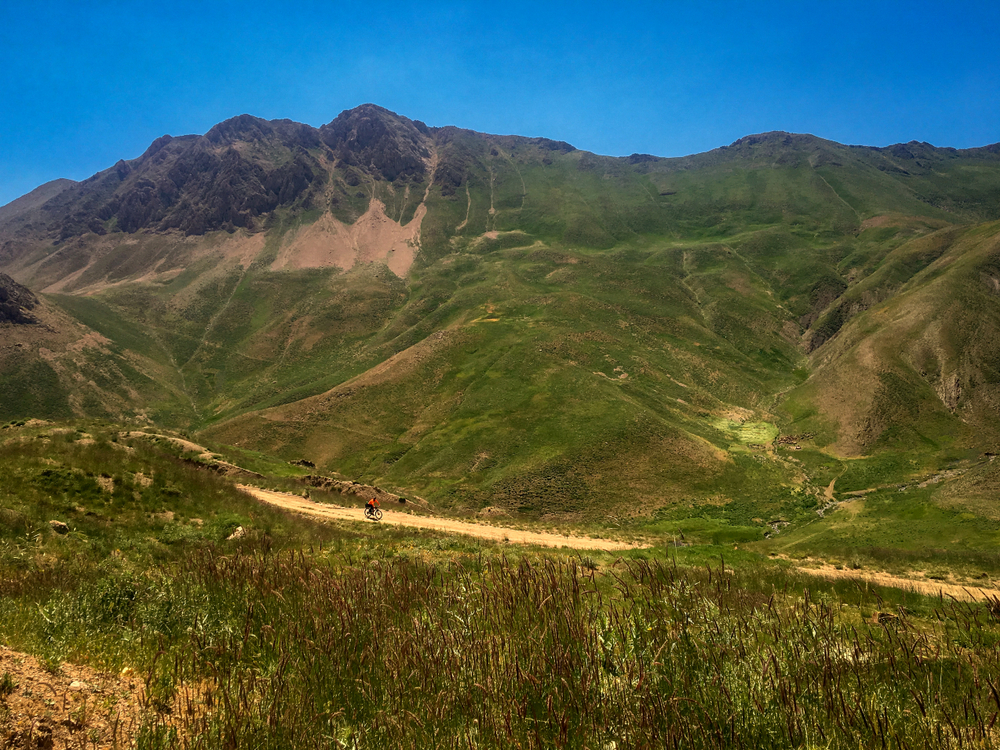
Lar National Park
Explore Now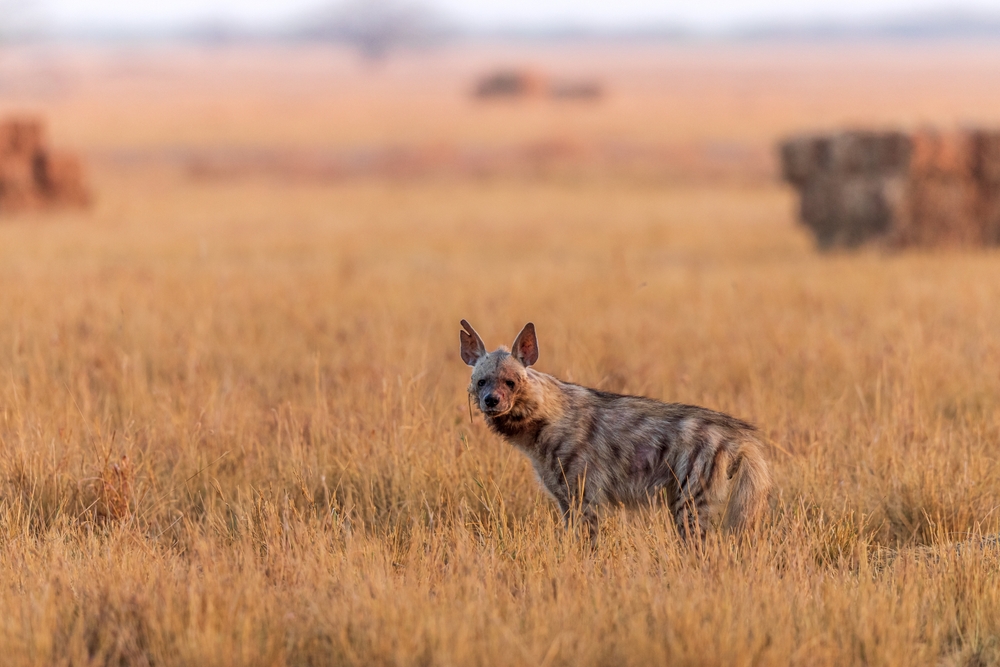
Naybandan National Park
Explore Now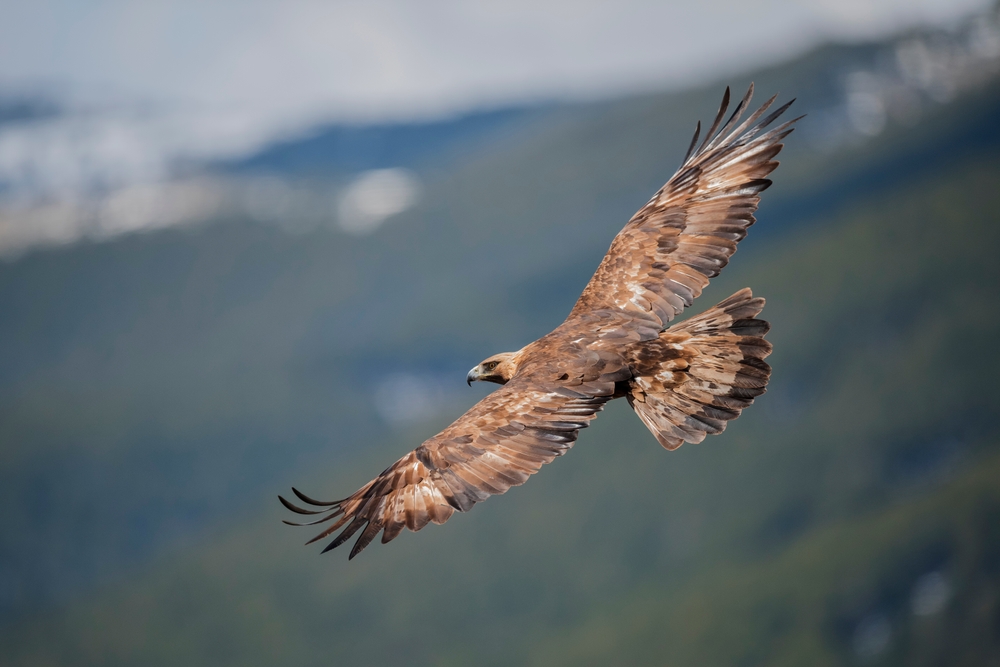
Sorkheh Hesar National Park
Explore Now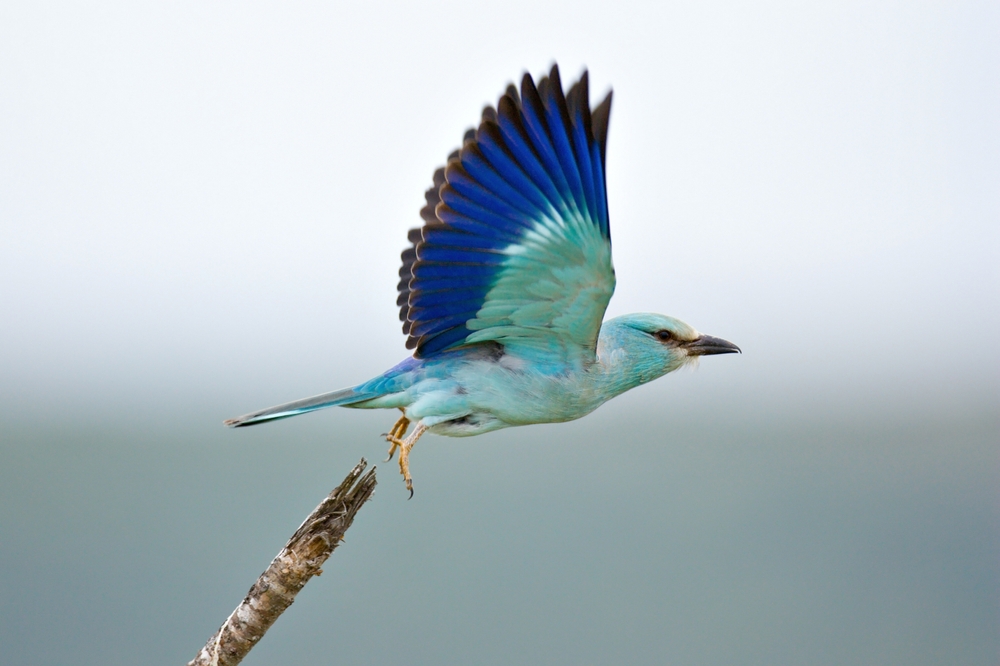
Tandooreh National Park
Explore NowFAQ’s
1. What was the first national park in Iran?
2. What is the largest national park in Iran?
Kavir National Park is the largest national park in Iran, covering about 1,500 square miles (3,880 square kilometers).
Located in the Dasht-e Kavir desert in the north-central part of the country, this park is known for its vast arid landscapes, salt flats, and desert wildlife.
Kavir is home to gazelles, Asiatic cheetahs, and various reptile species, making it a critical area for desert conservation.
3. What is the smallest national park in Iran?
The smallest national park in Iran is Naybandan National Park, covering roughly 1,490 square miles (3,860 square kilometers).
While not significantly smaller than other parks, it is known for its unique desert and mountainous terrain. The park provides important habitats for wildlife such as the endangered Asiatic cheetah and Persian leopard.
4. What is the most popular national park in Iran?
Golestan National Park is one of the most popular national parks in Iran, attracting visitors with its diverse landscapes and wildlife.
The park’s main attractions include its lush forests, mountainous terrain, and opportunities to spot Persian leopards, red deer, and wild boars.
Visitors can explore scenic trails, waterfalls, and enjoy birdwatching in the park’s rich ecosystem. Its combination of natural beauty and biodiversity makes Golestan a key destination for nature lovers and eco-tourists in Iran.
5. What percentage of Iran's land area is protected through official National Parks?
Approximately 11% of Iran’s land area is protected through national parks, wildlife reserves, and protected areas, covering around 71,000 square miles (183,900 square kilometers). These protected areas play a crucial role in preserving Iran’s diverse ecosystems, which range from deserts and forests to mountains and wetlands.
6. What other protected areas are there in Iran?
In addition to national parks, Iran has several important wildlife refuges and protected areas. The Turkmen Sahra Protected Area, located in the northeast, is a significant site for conserving the endangered Asiatic cheetah and gazelle species.
The Miankaleh Peninsula, along the Caspian Sea, is a UNESCO Biosphere Reserve known for its bird migration routes and rich biodiversity.
The Arasbaran Protected Area in the northwest is another key region known for its diverse flora and fauna, including rare species such as the Armenian mouflon and Caucasian black grouse.
7. What nature attractions does Iran have apart from National Parks?
Apart from its national parks, Iran is home to several other stunning natural attractions. The Caspian Sea offers beautiful coastal landscapes, while the Zagros and Alborz mountain ranges provide excellent trekking opportunities, including access to Mount Damavand, the highest peak in Iran.
The Lut Desert (Dasht-e Lut), a UNESCO World Heritage Site, is famous for its extreme temperatures, vast sand dunes, and unique desert landscapes. Iran also boasts lush wetlands like Anzali Lagoon, which is a haven for migratory birds and aquatic life.
8. What species are endemic and unique to Iran alone?
Iran is home to several species that are regionally significant, although few are endemic solely to the country.
The Persian leopard is one of Iran’s most iconic and endangered species, found in its mountainous regions. The Iranian red sheep, a unique subspecies of wild sheep, is native to the country’s highlands.
Iran is also known for the Asiatic cheetah, one of the last populations of this critically endangered species, primarily confined to Iran’s deserts. The Zagros oak, found in the western regions of Iran, is an endemic tree species that defines the landscape of the Zagros Mountains.
9. What is Iran’s main international airport?
Iran’s main international airport is Tehran Imam Khomeini International Airport (IATA code: IKA), located about 30 kilometers southwest of Tehran. It is the largest airport in the country and serves as the primary gateway for international travelers.
10. What international airline companies fly into Iran?
The following international airline companies fly into Iran:
- Air Arabia
- Emirates
- Etihad Airways
- Lufthansa
- Qatar Airways
- Turkish Airlines
- Mahan Air (Iranian carrier)
- Iran Air (national carrier)
11. Who manages the national parks of Iran?
The national parks and protected areas in Iran are managed by the Department of Environment (DoE), which operates under the supervision of the Iranian government. The DoE is responsible for the conservation of Iran’s biodiversity, sustainable development, and environmental protection.
In addition, various local NGOs collaborate with the government on conservation initiatives and wildlife protection efforts.
More information about Iran’s national parks and environmental programs can be found on the official website of the Department of Environment: http://www.doe.ir.

